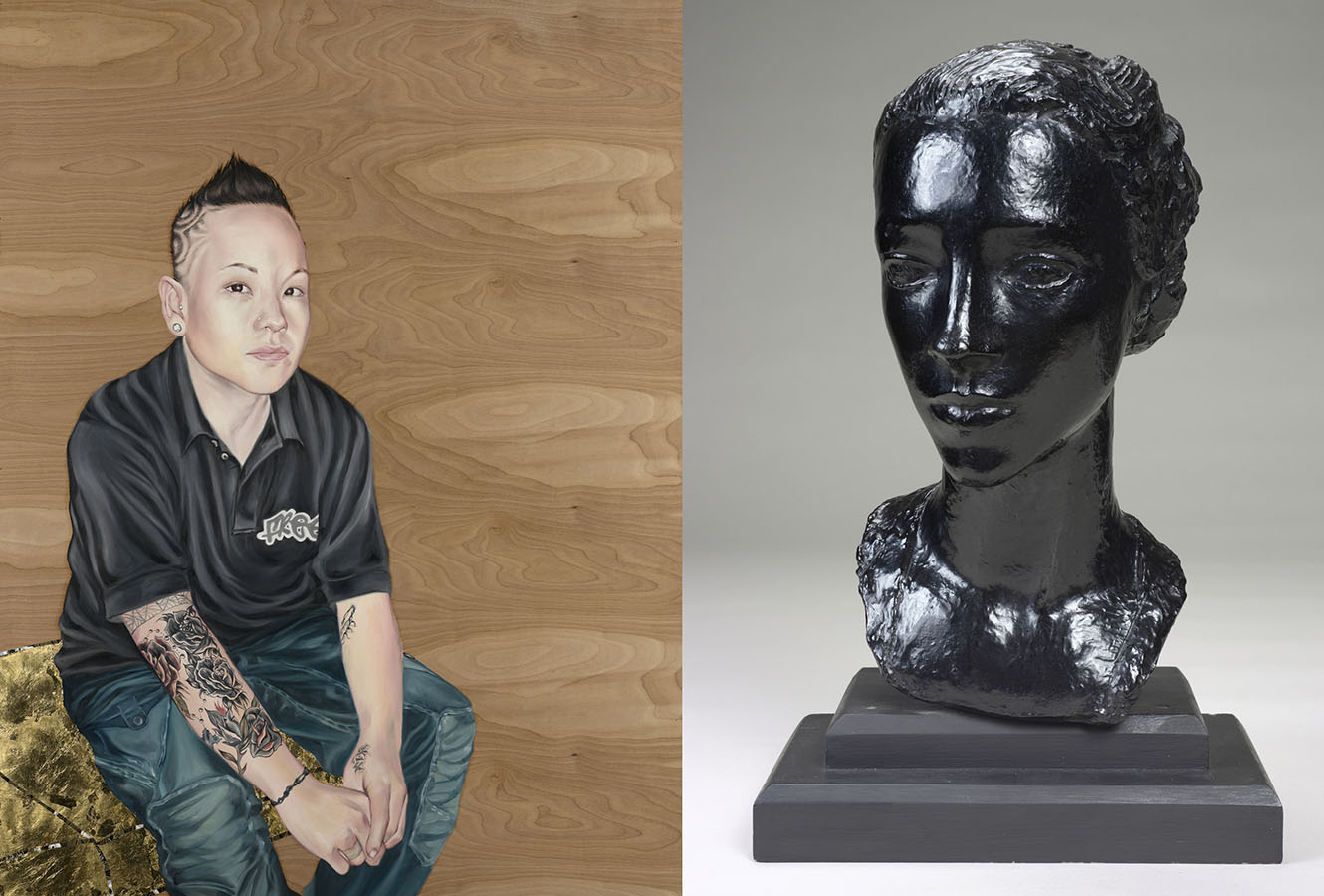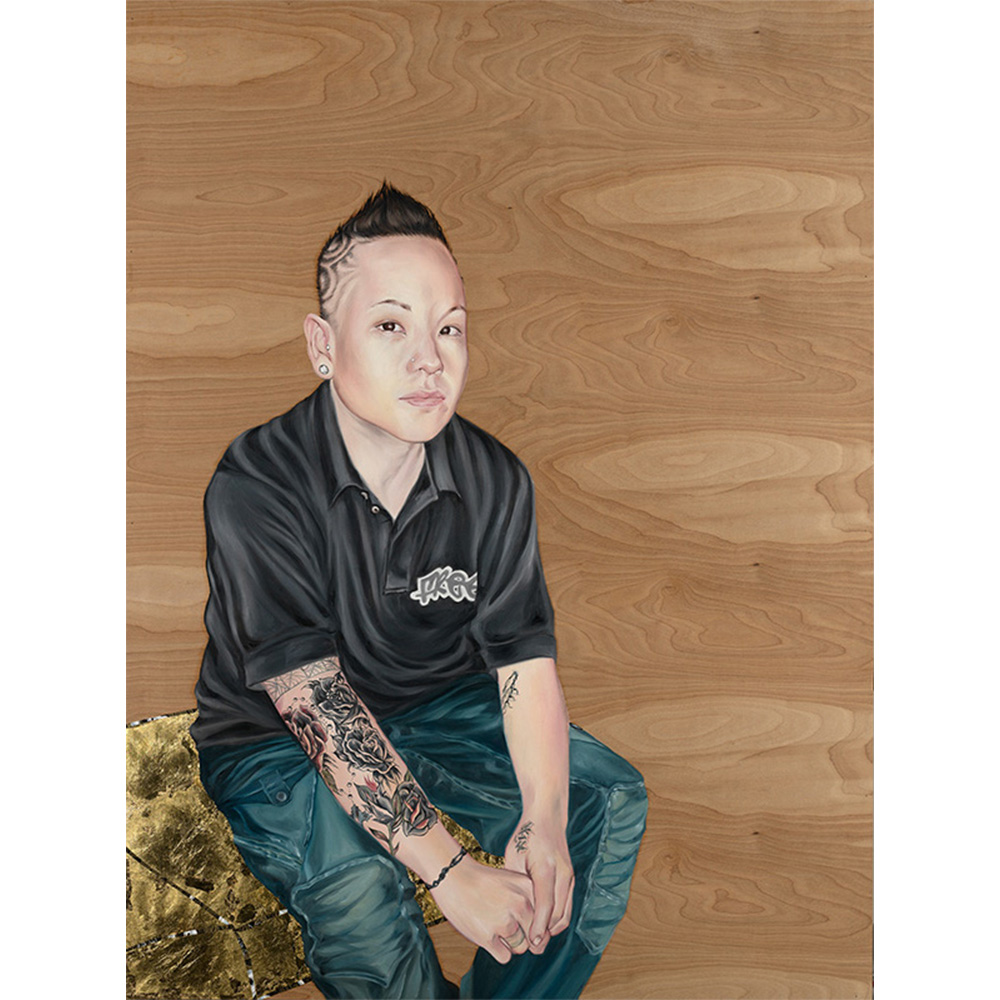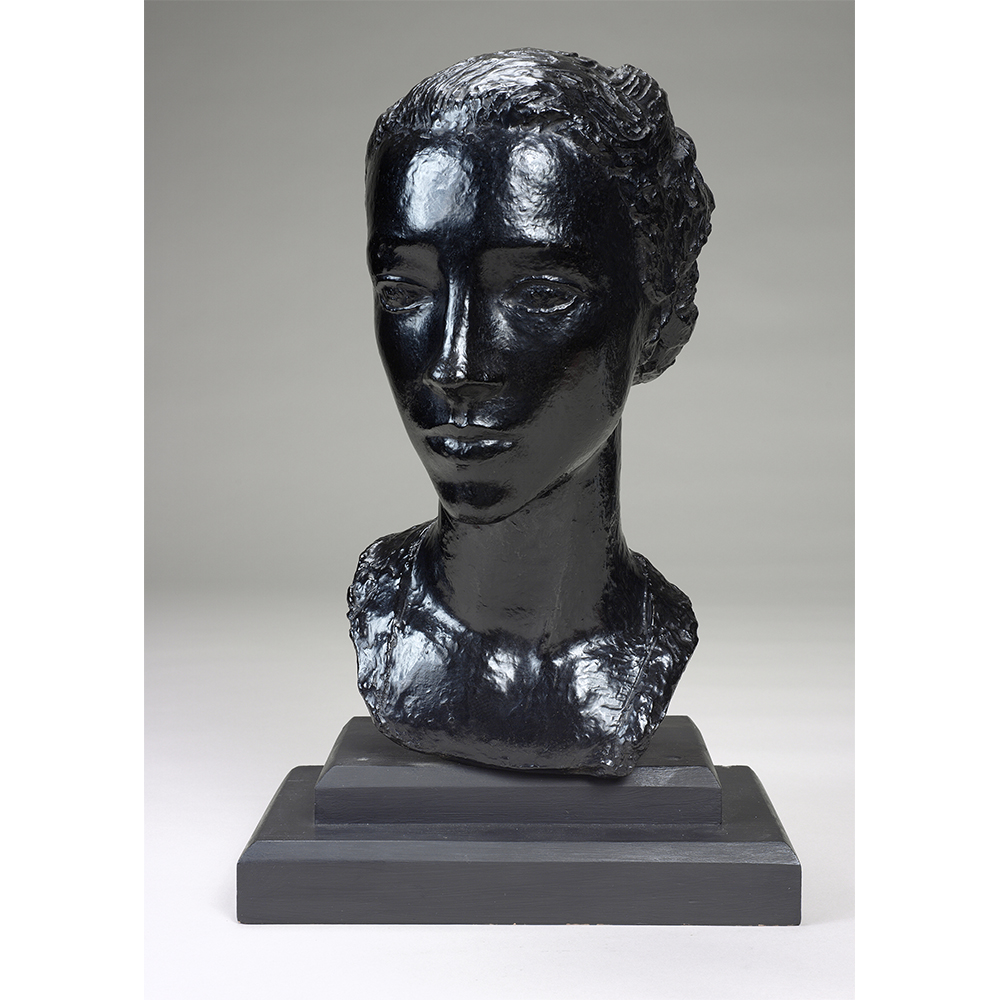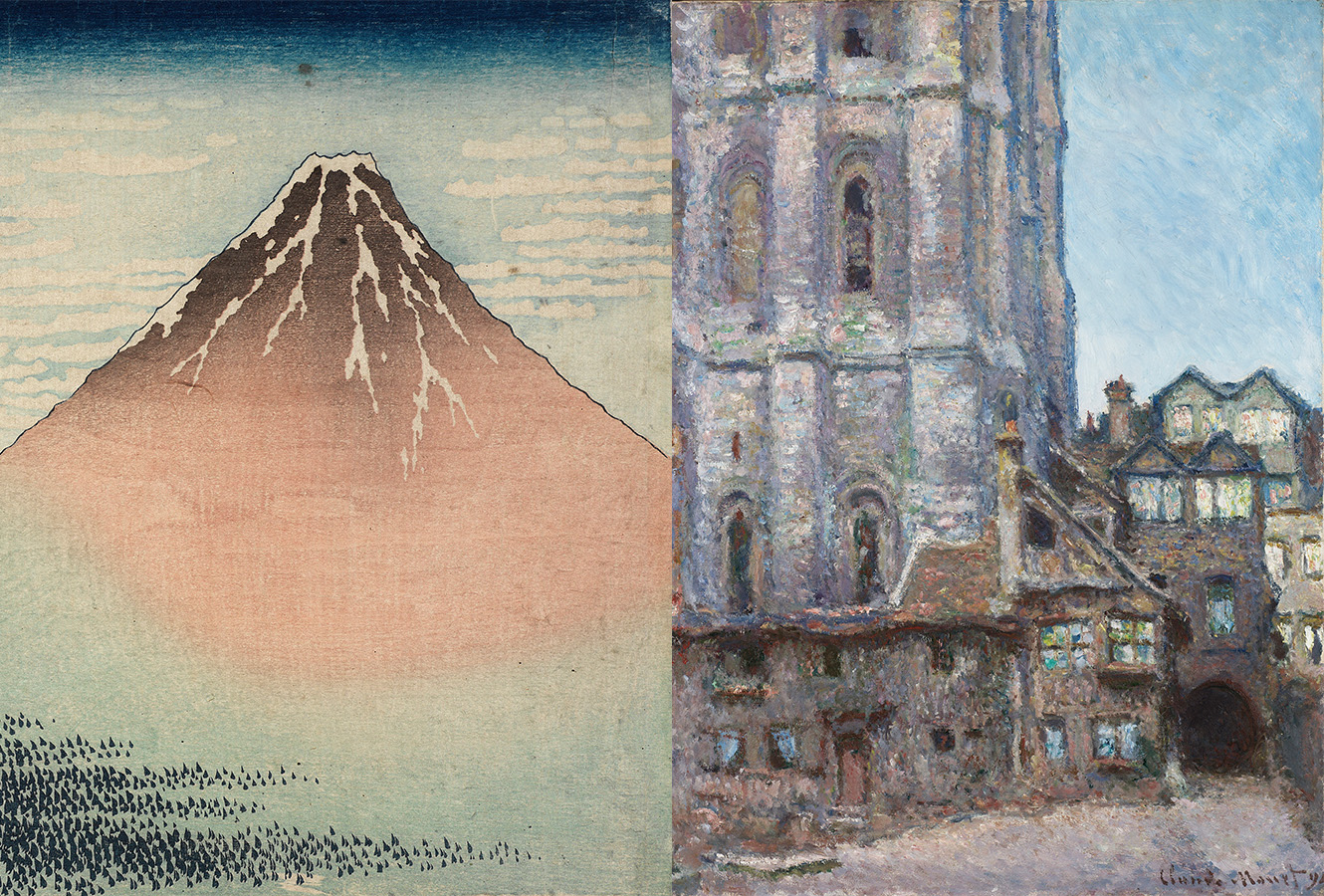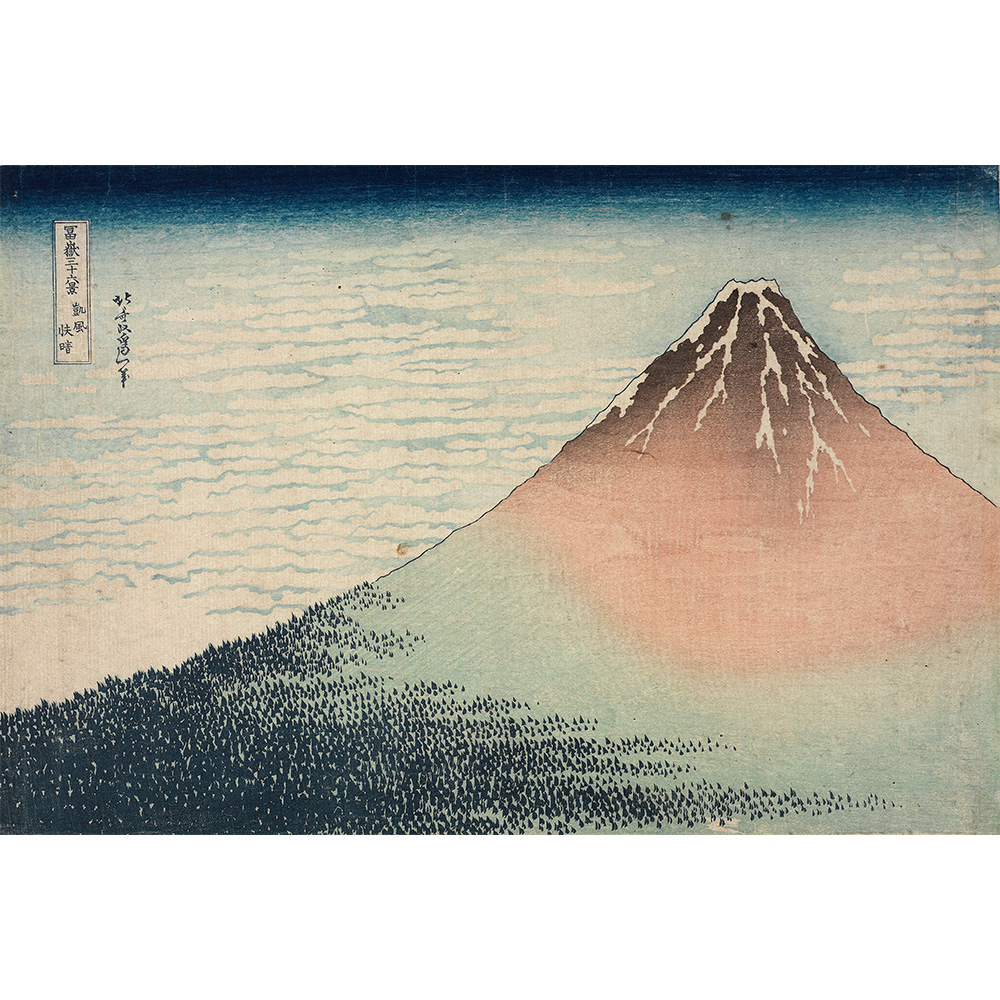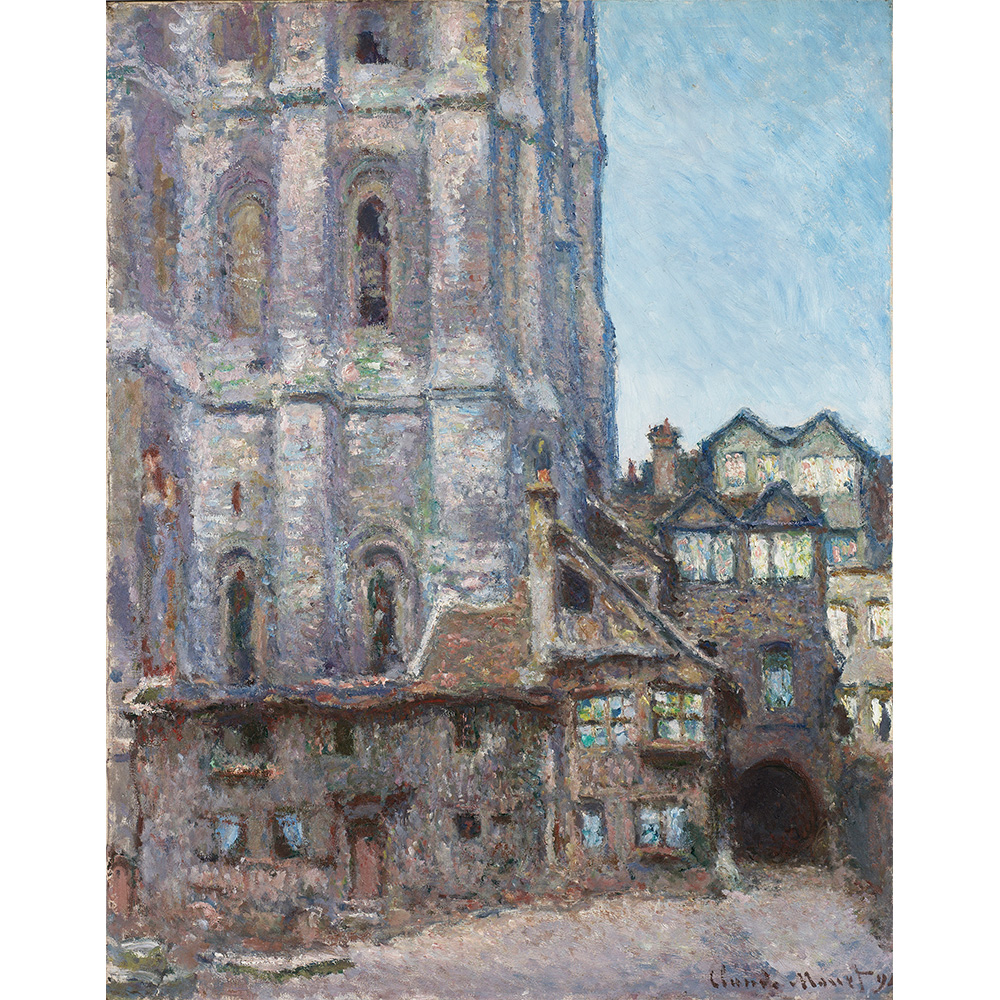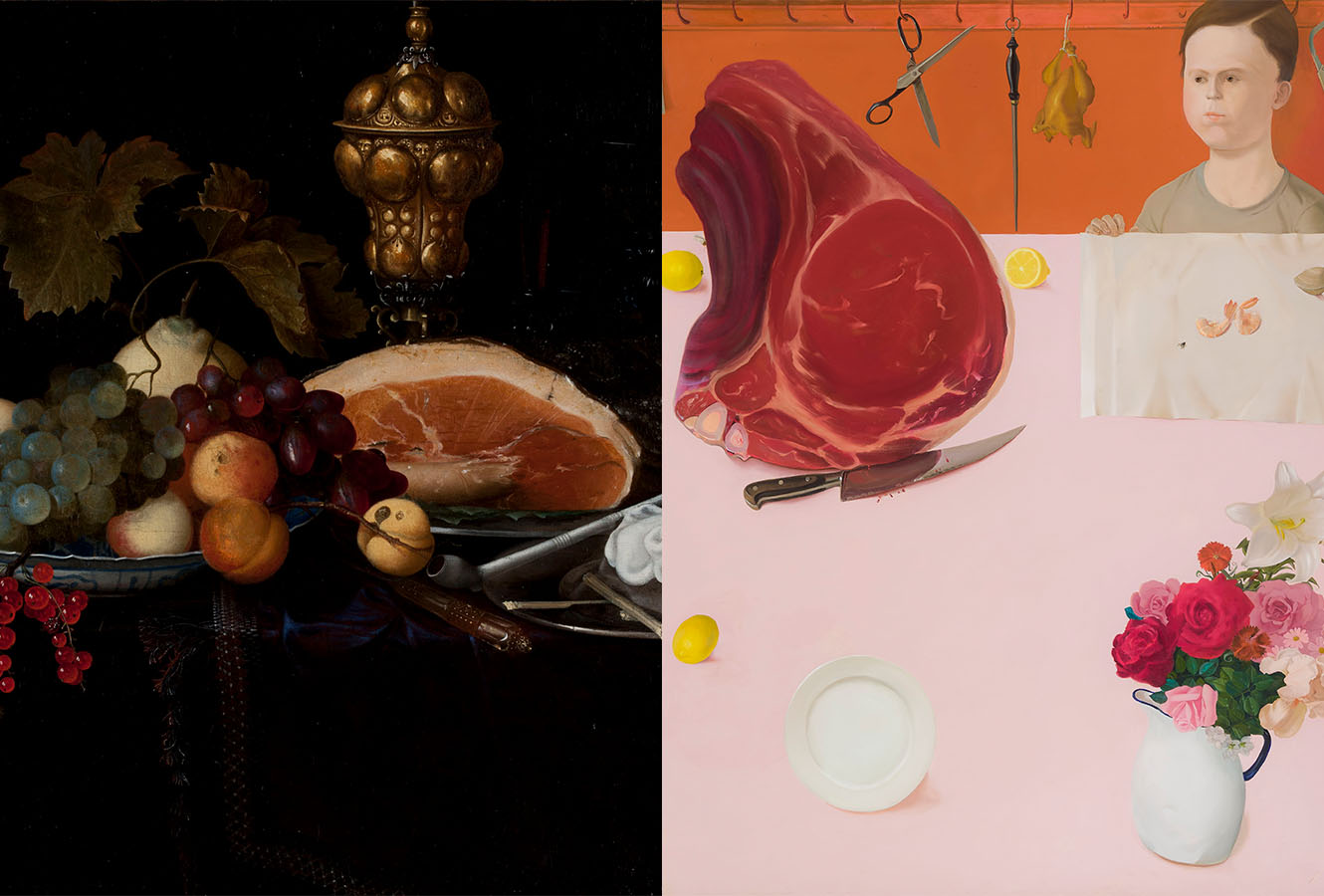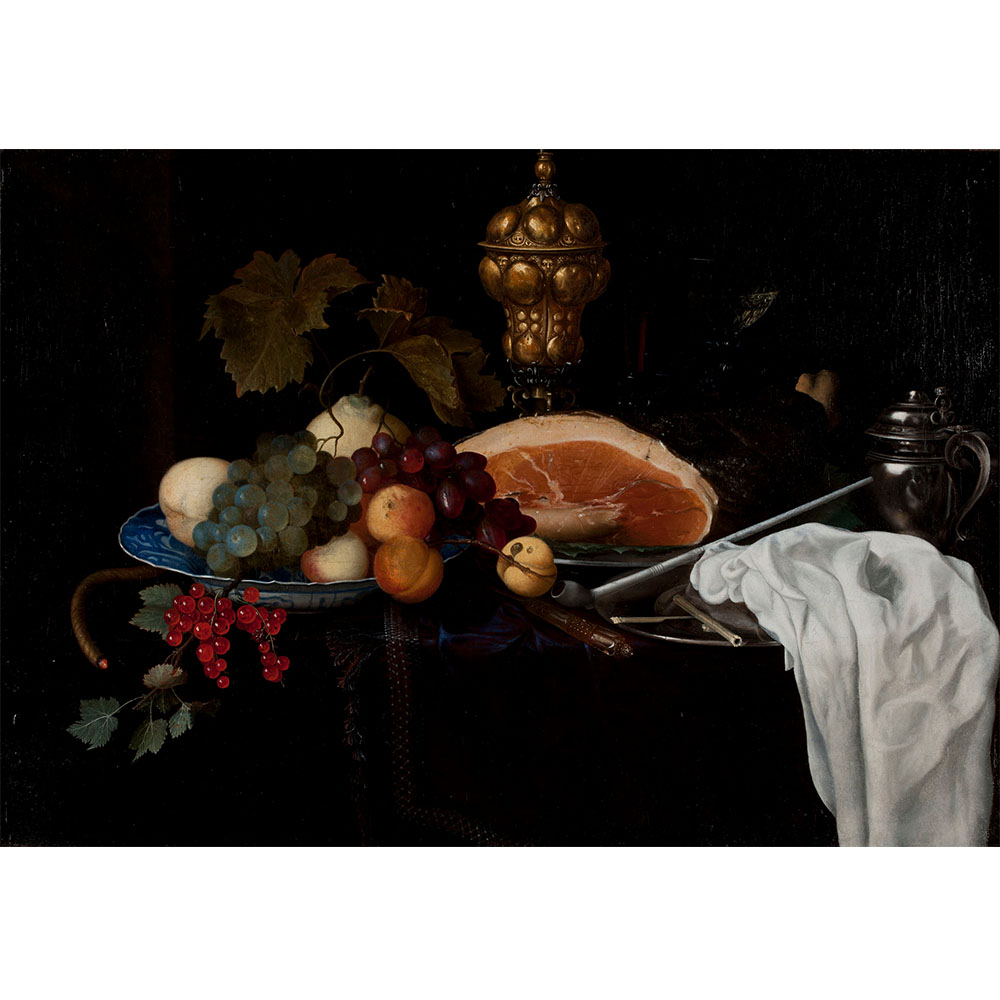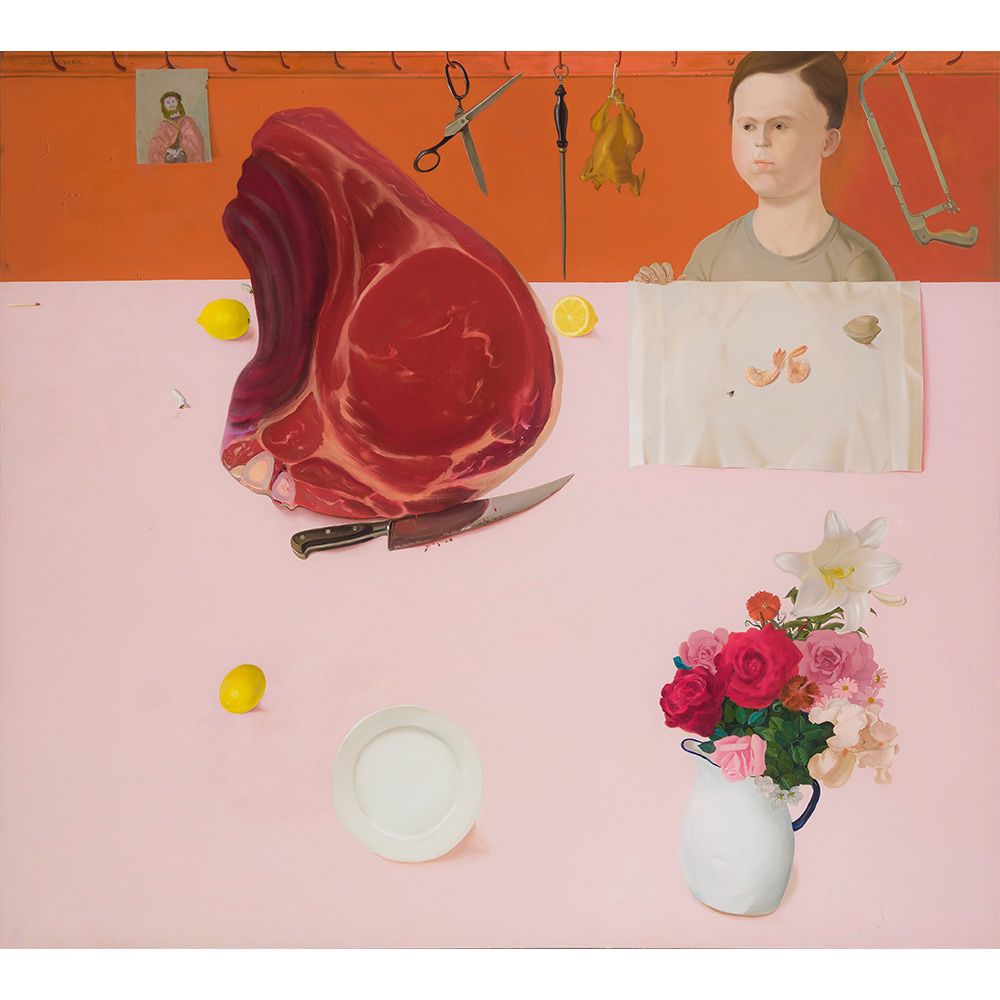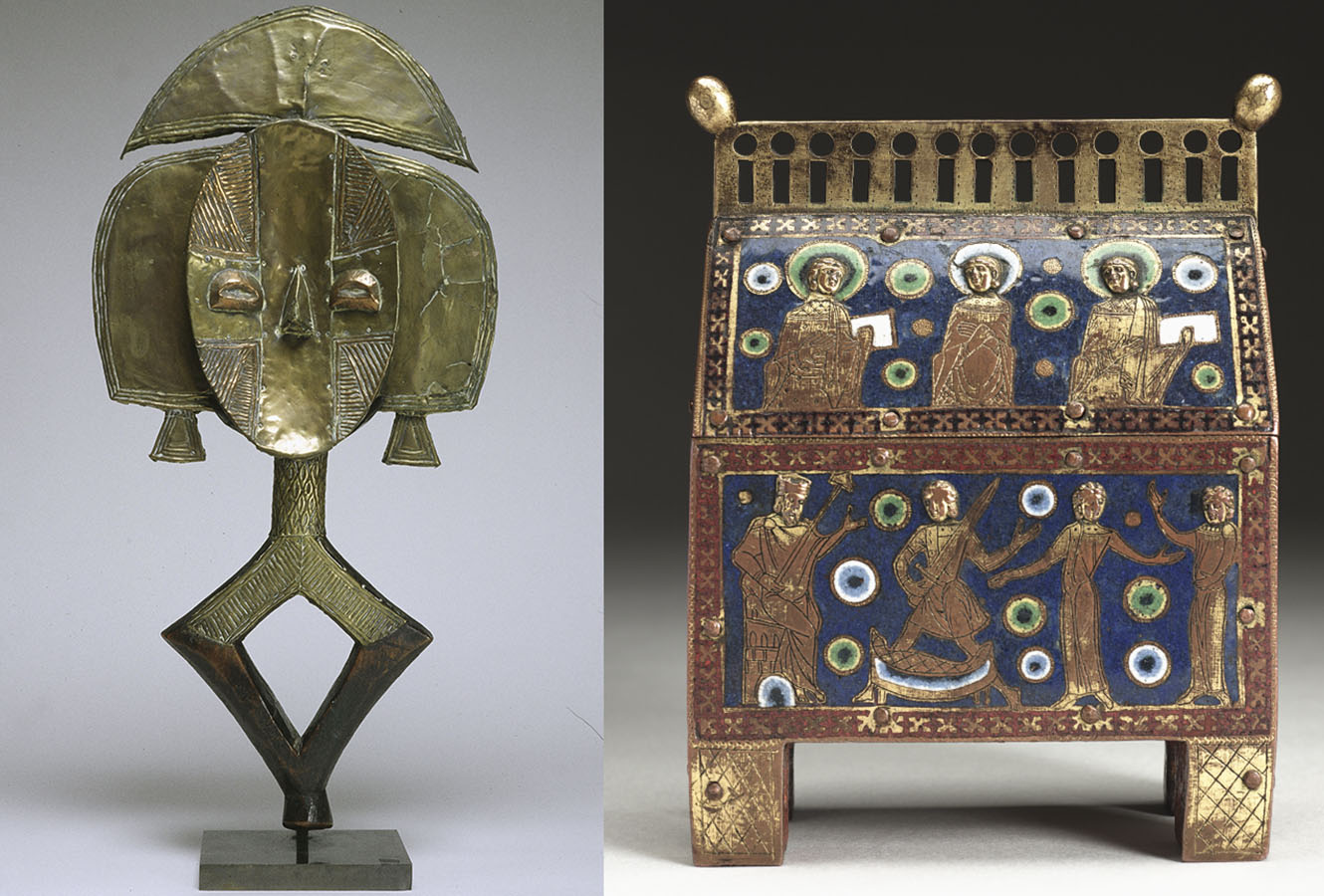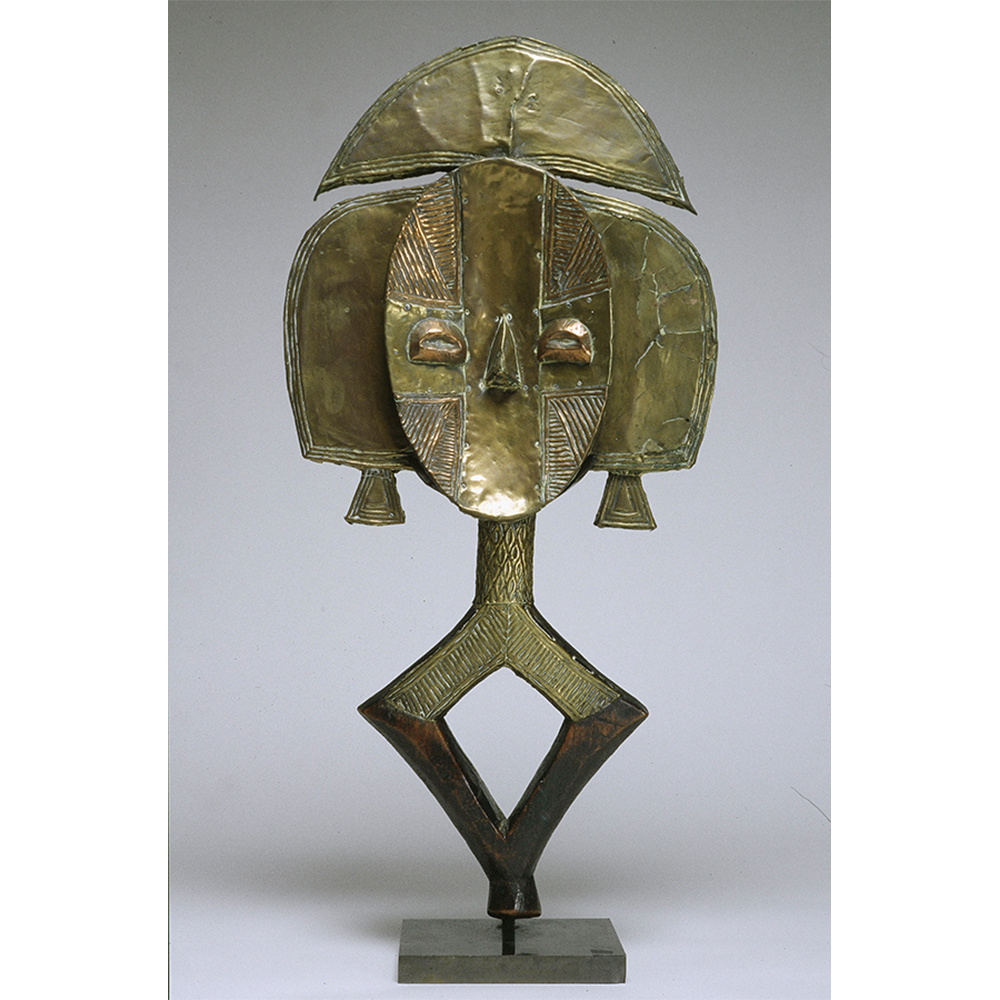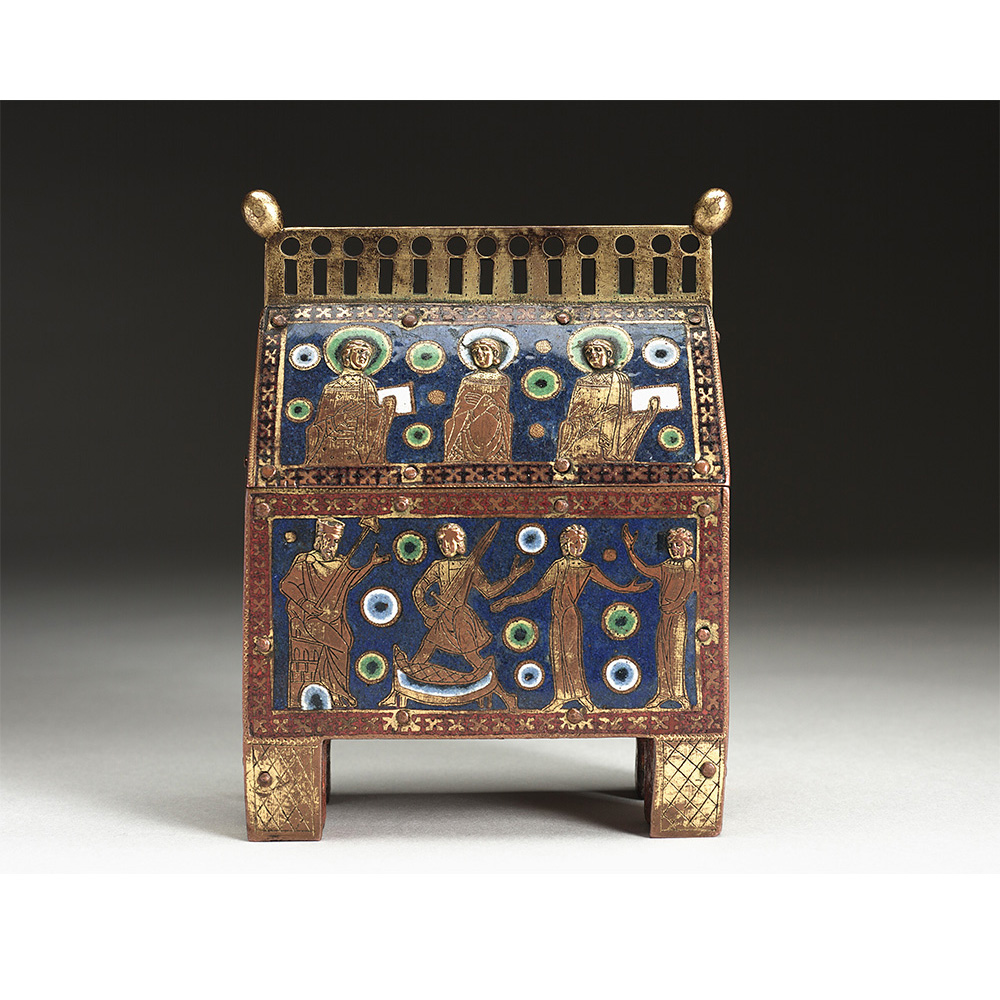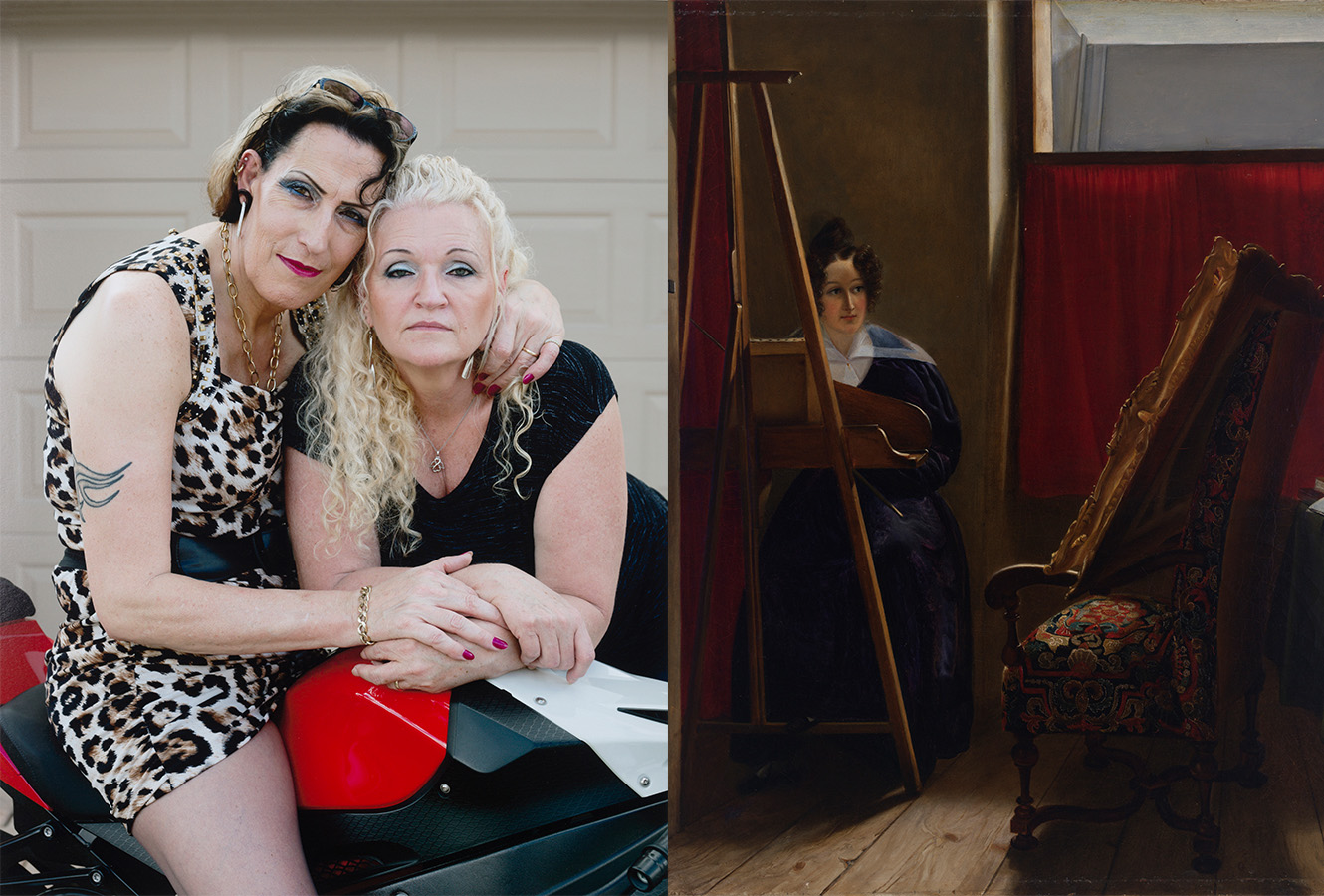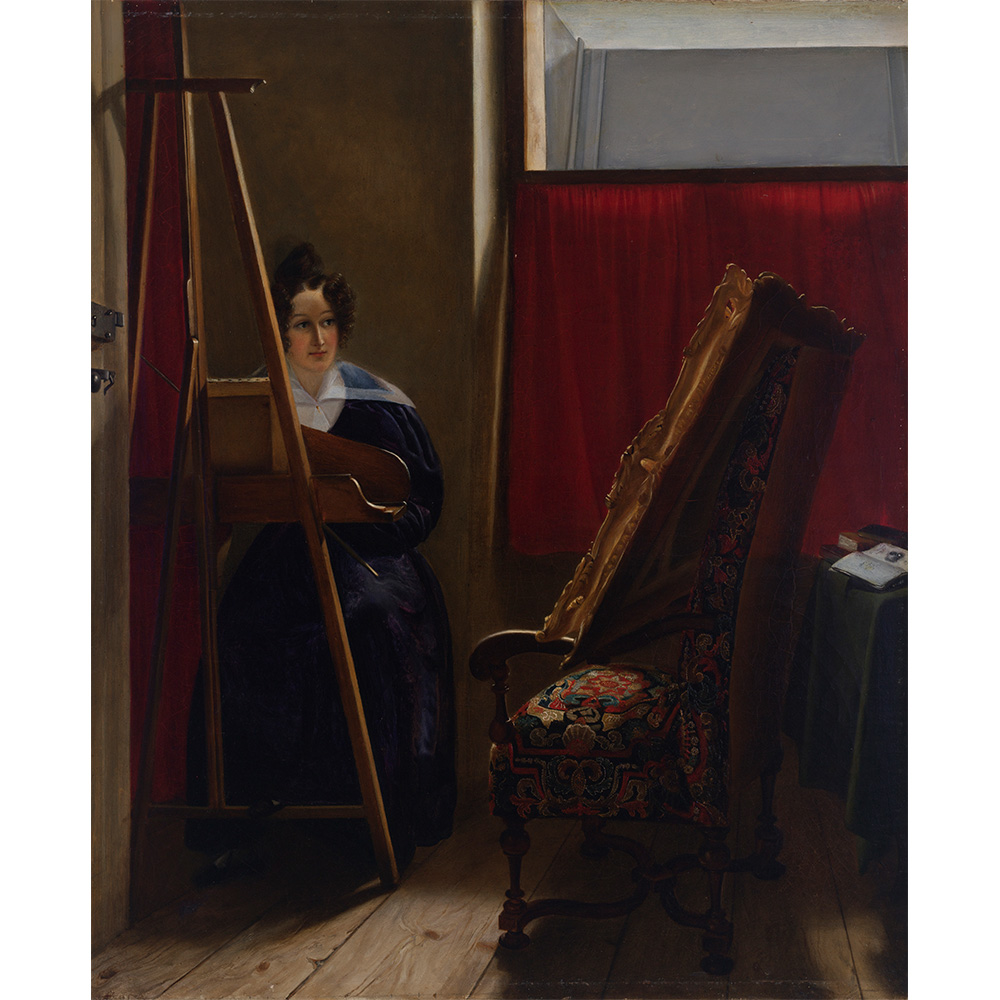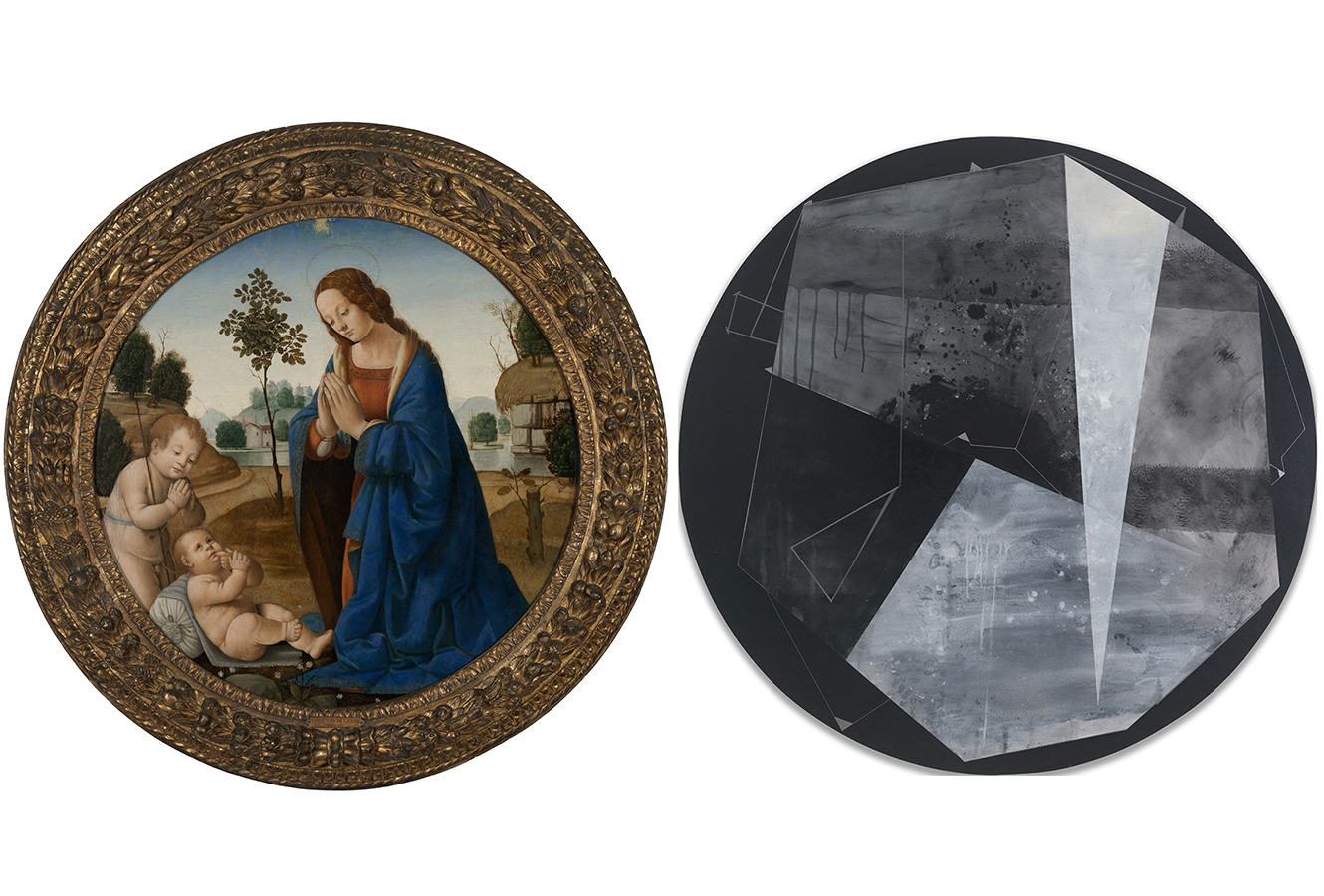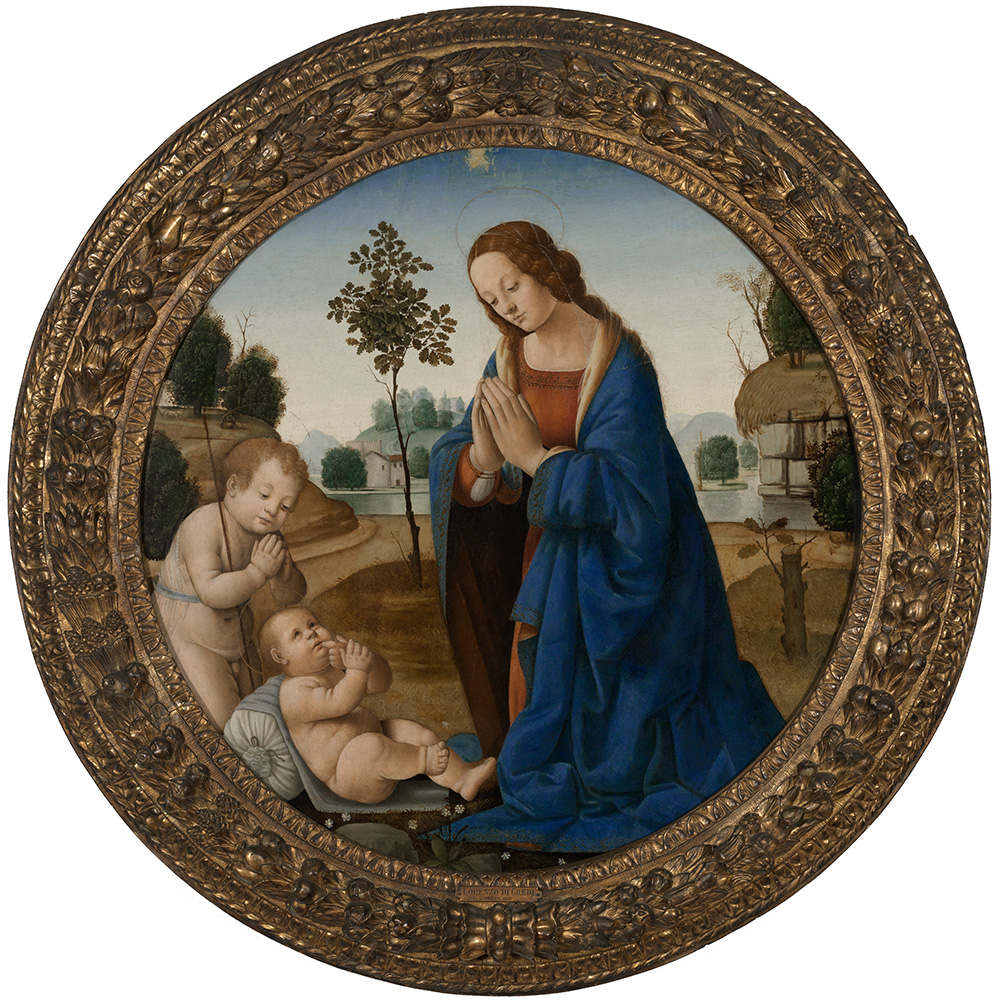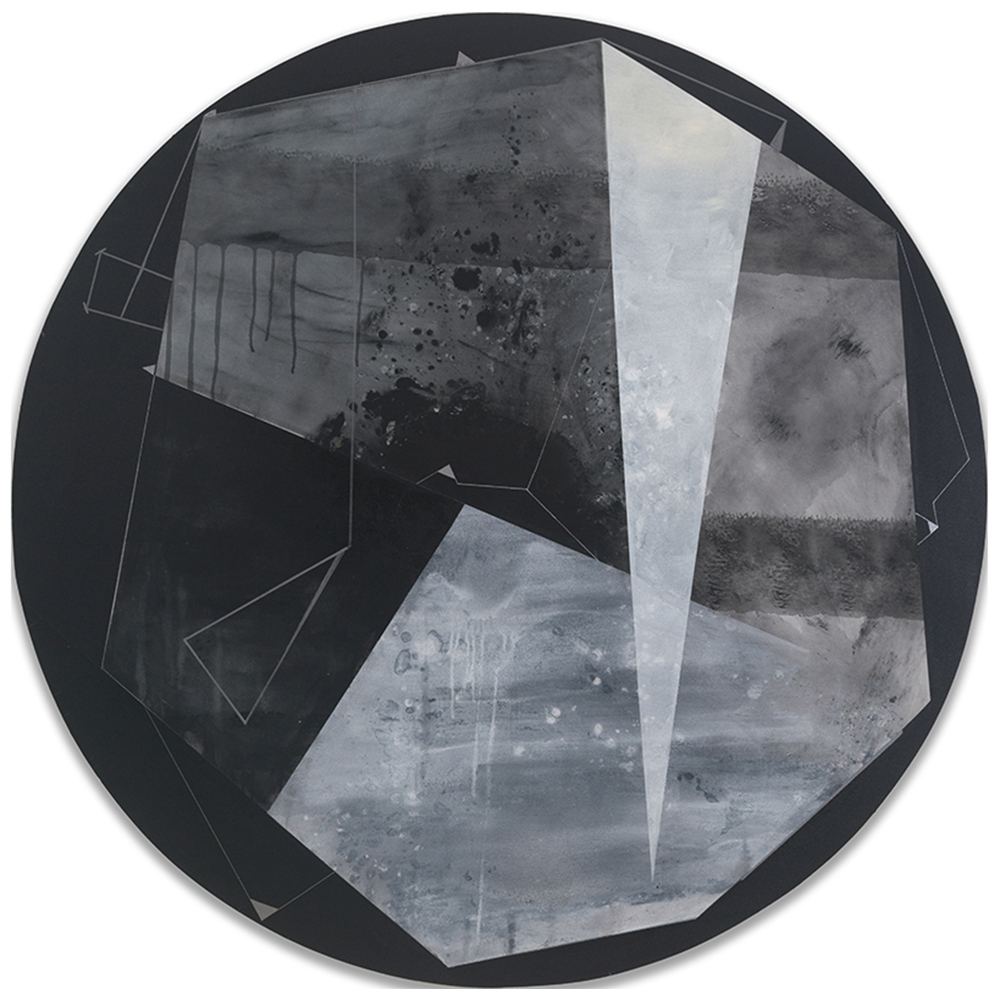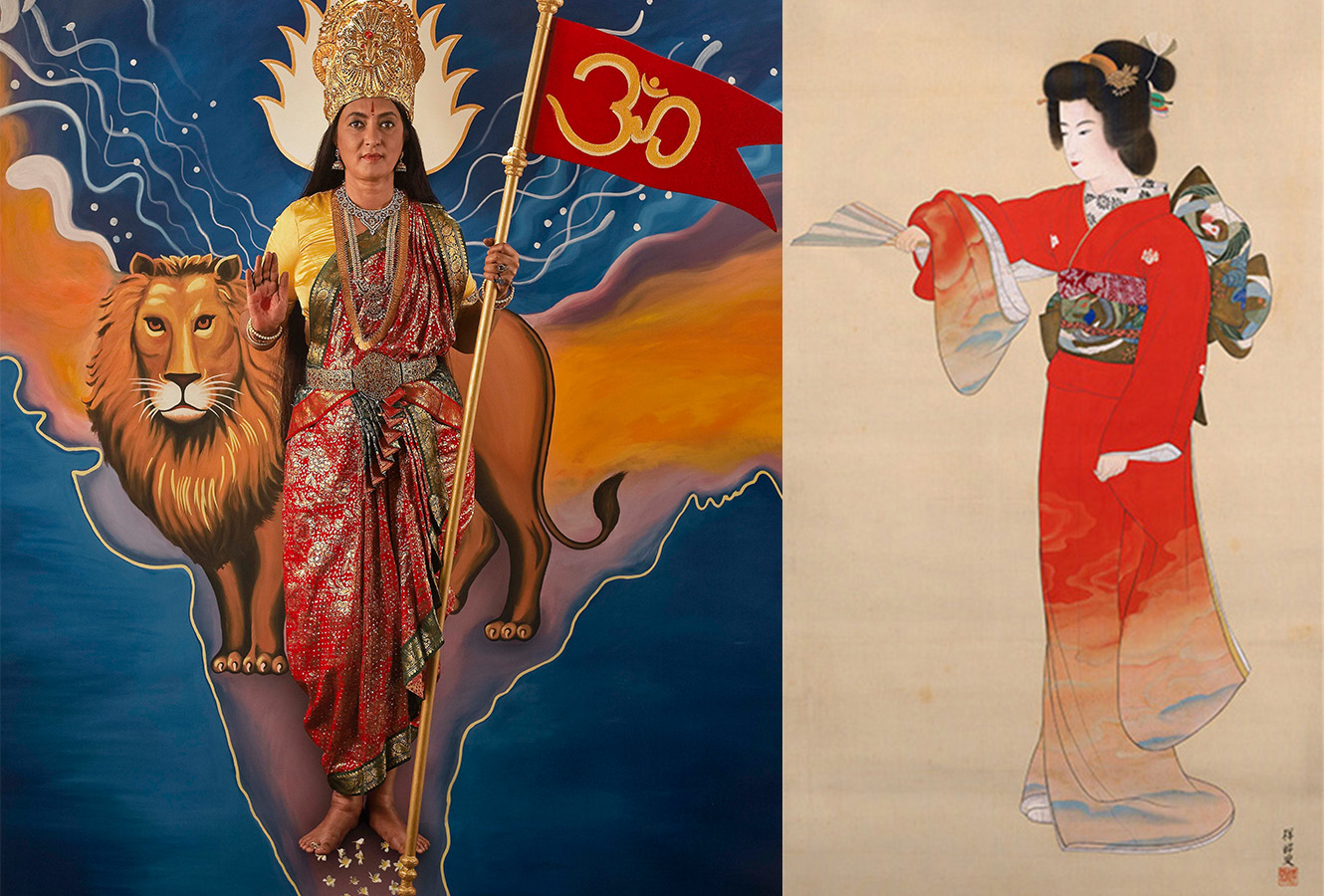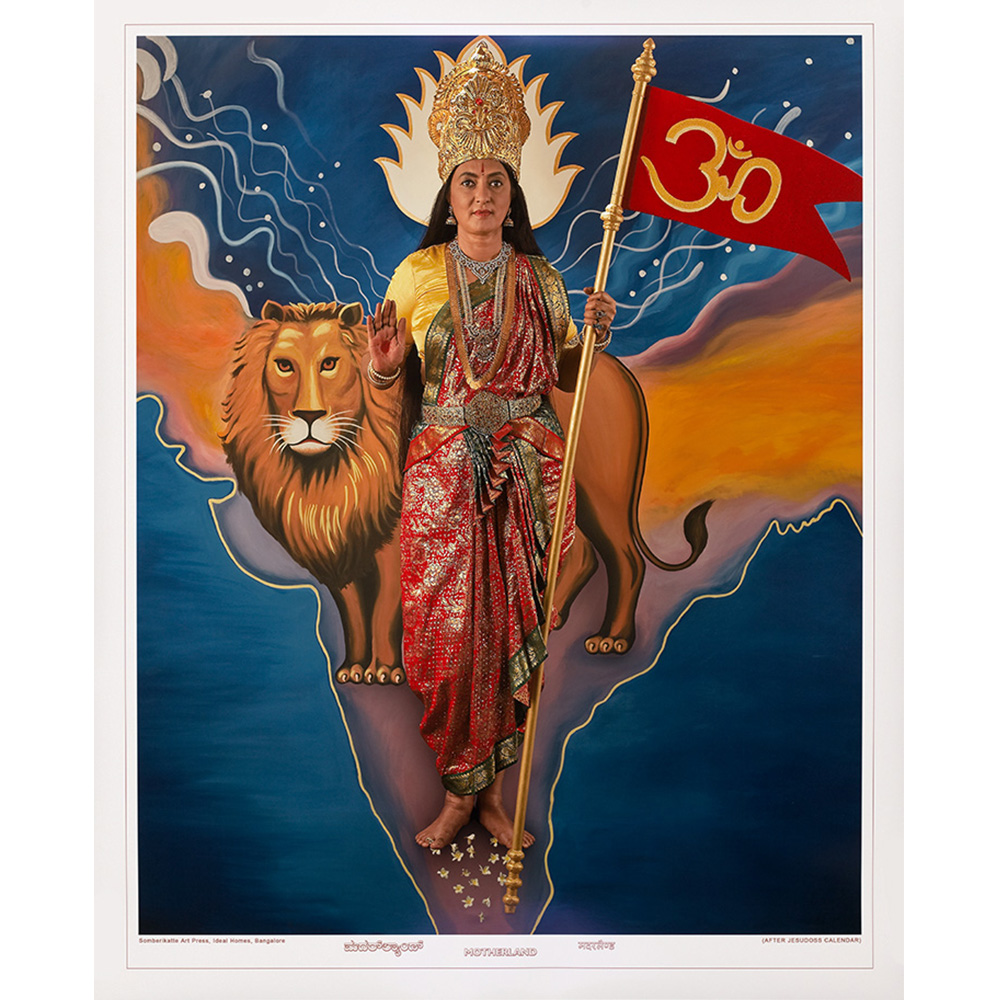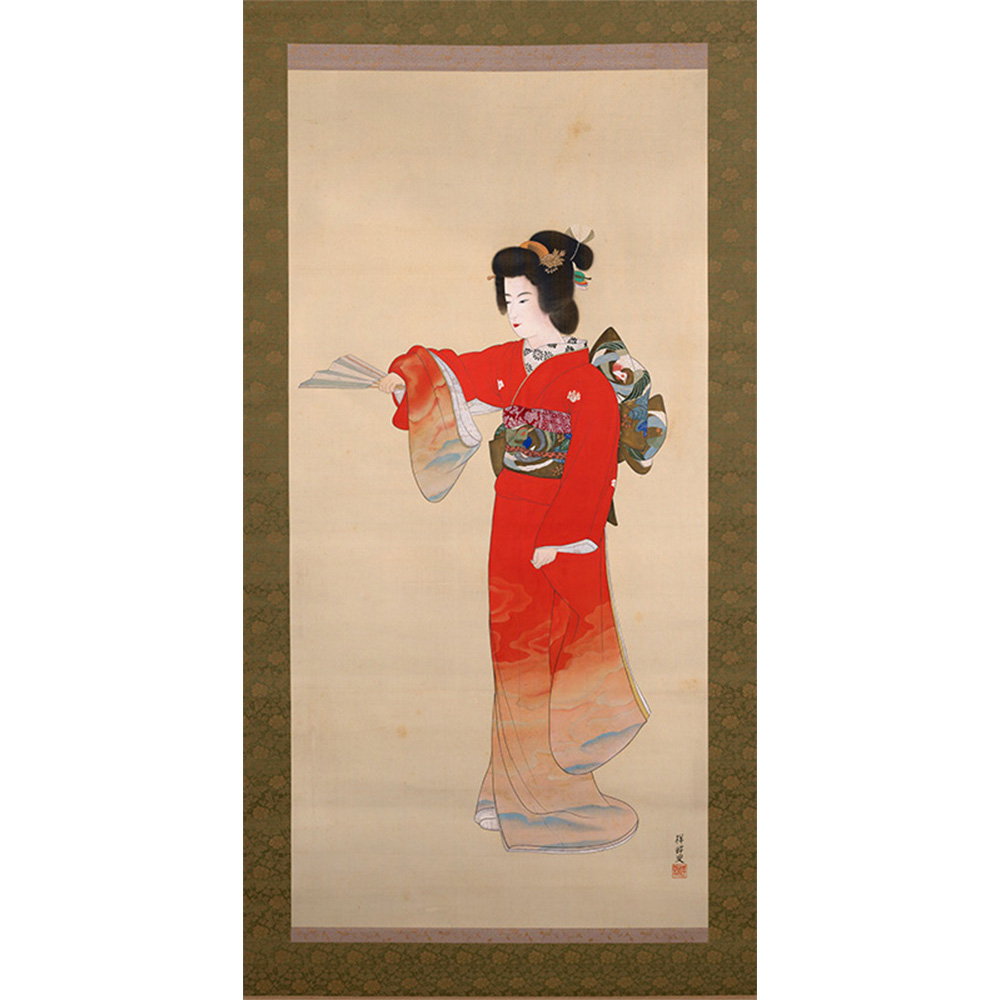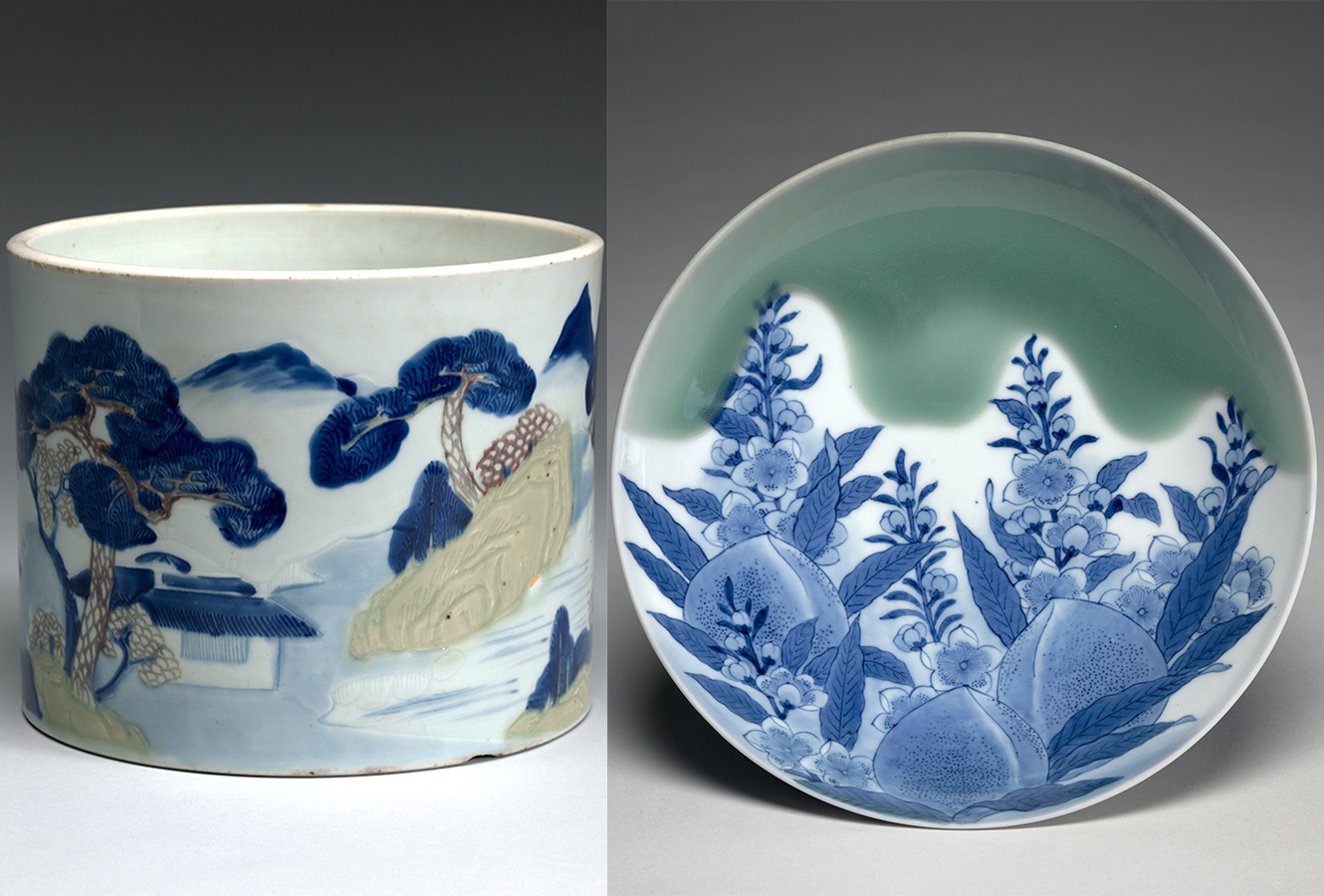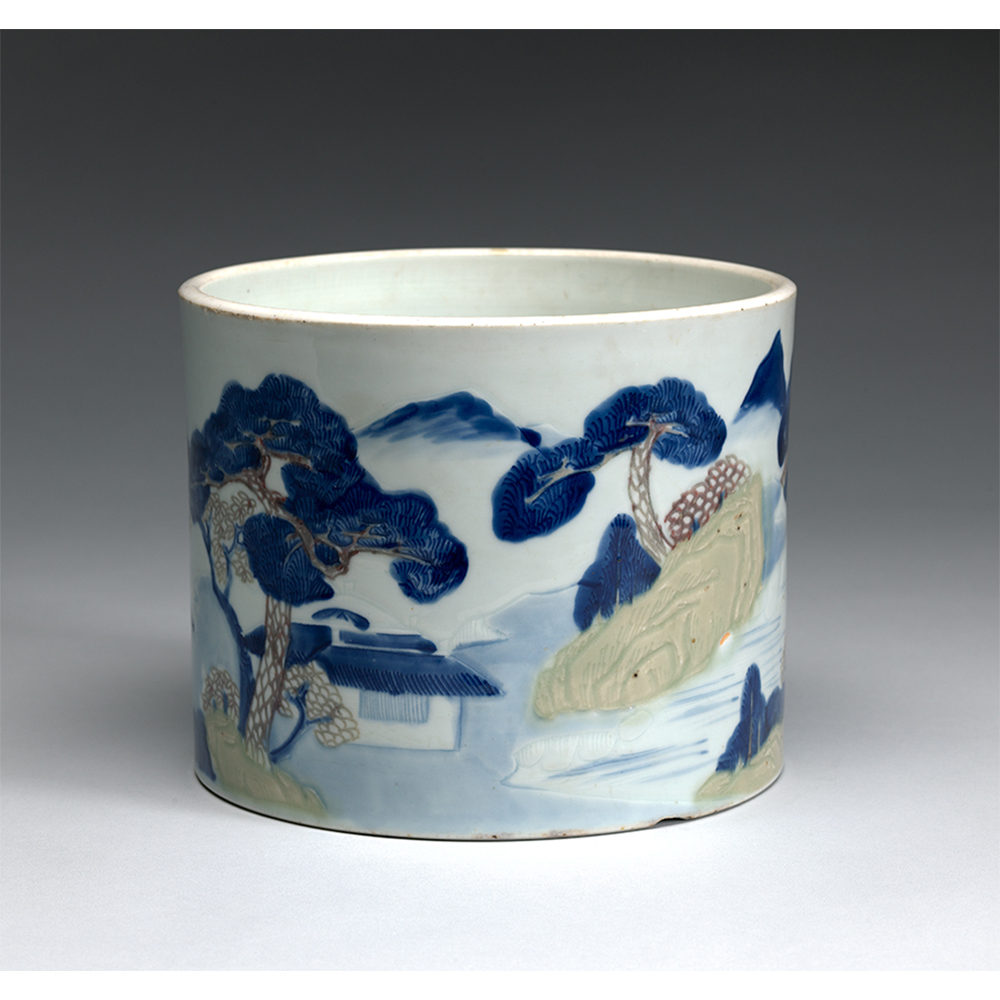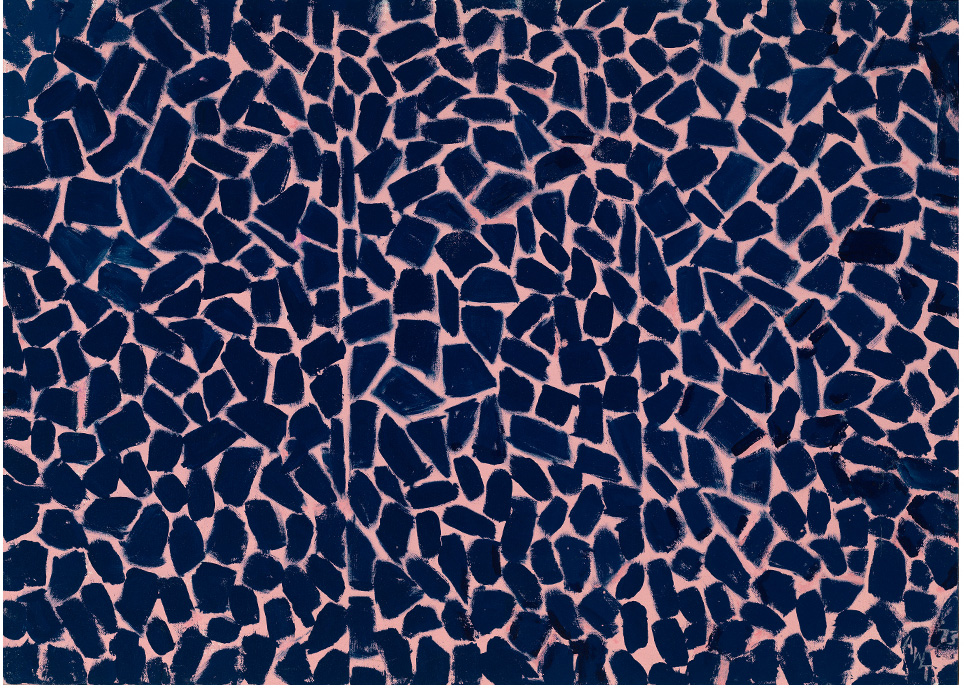

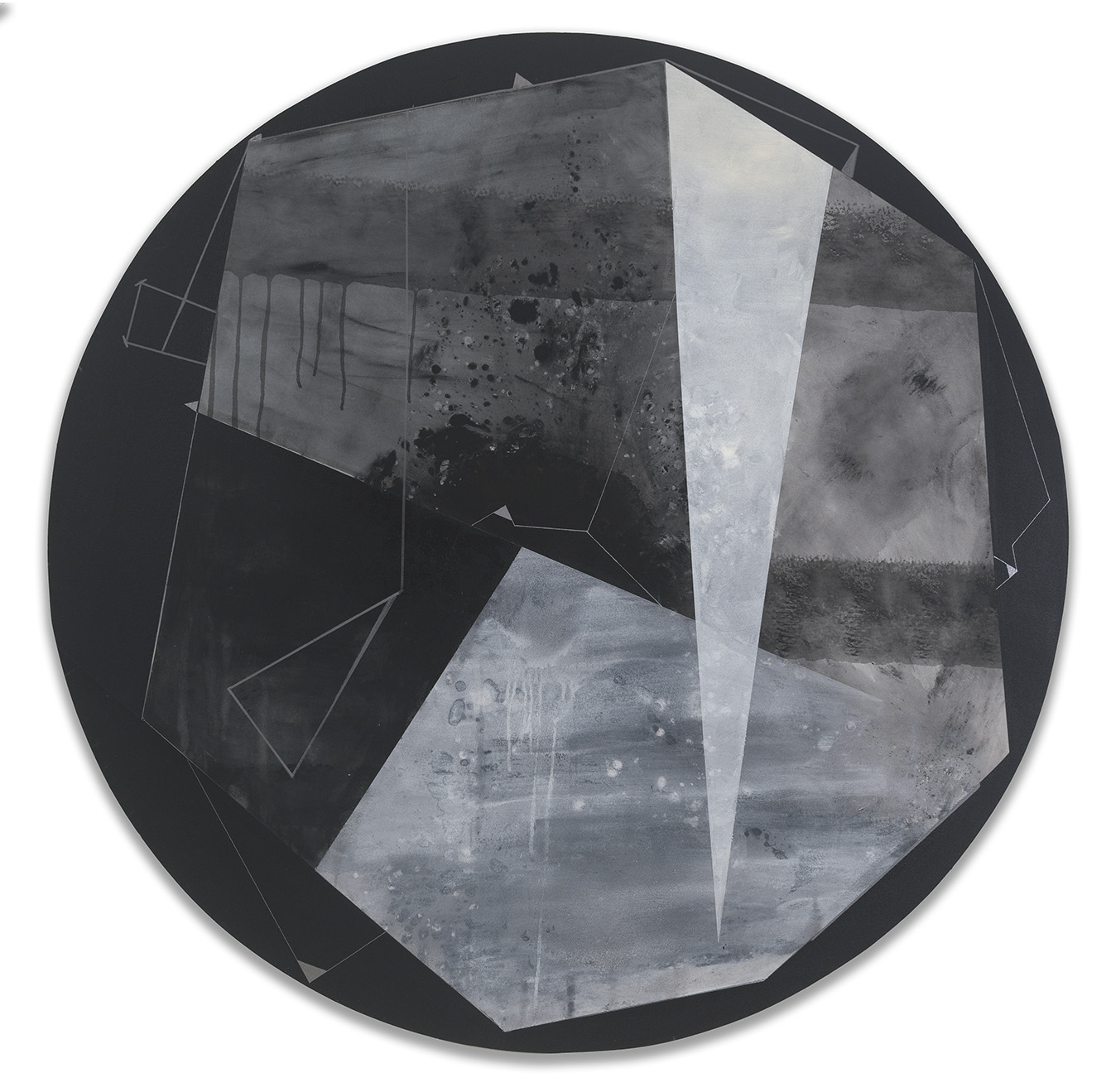
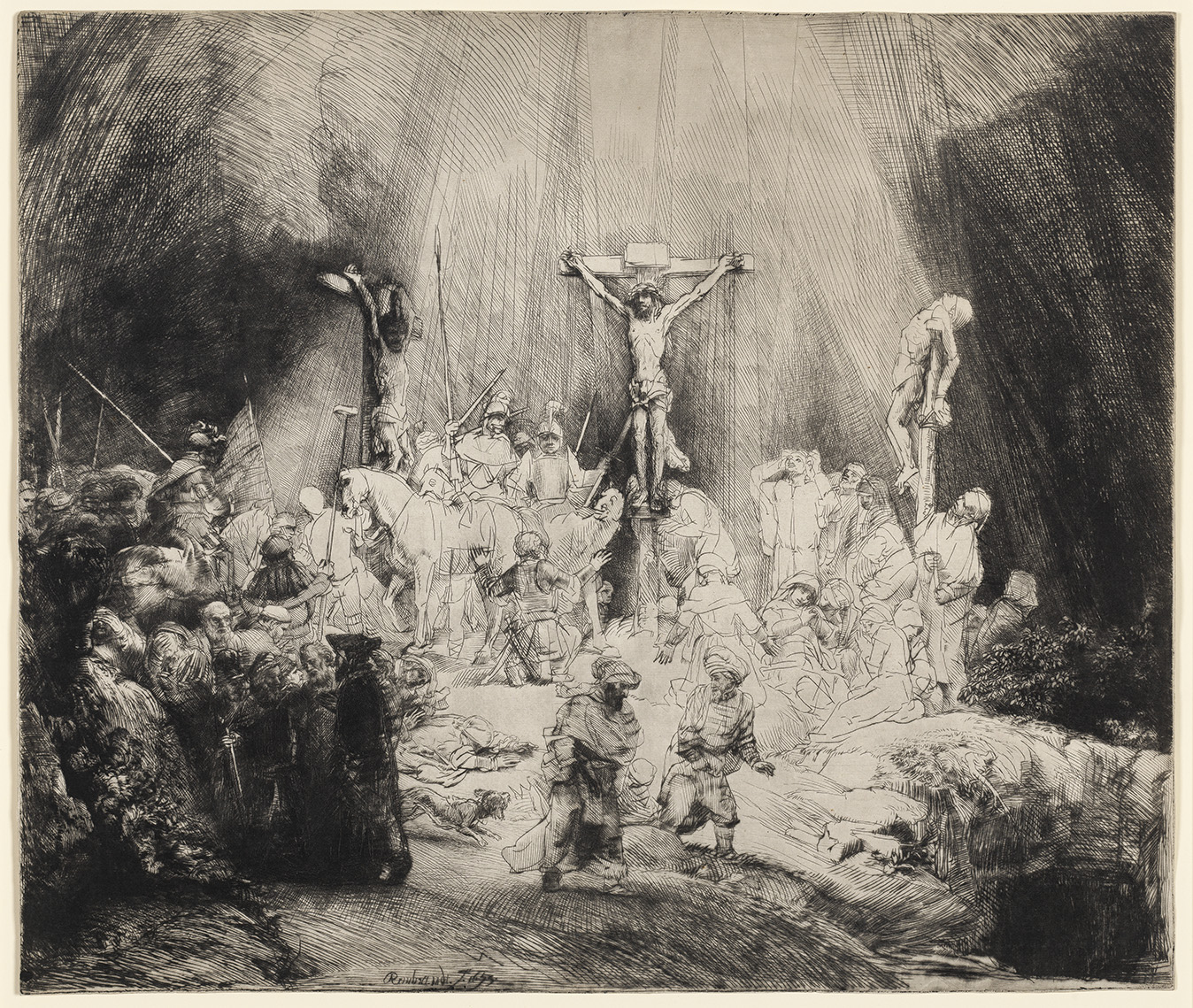
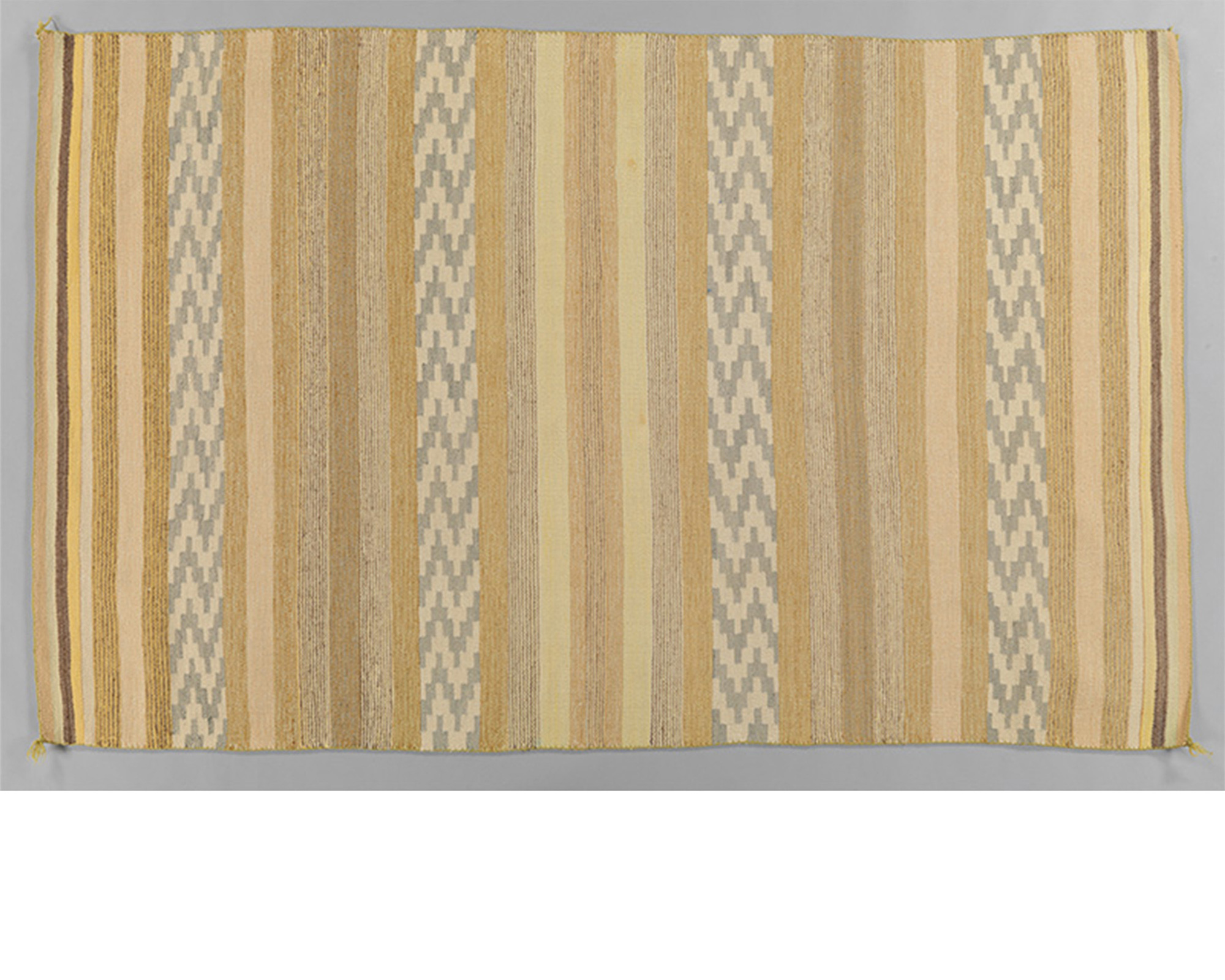
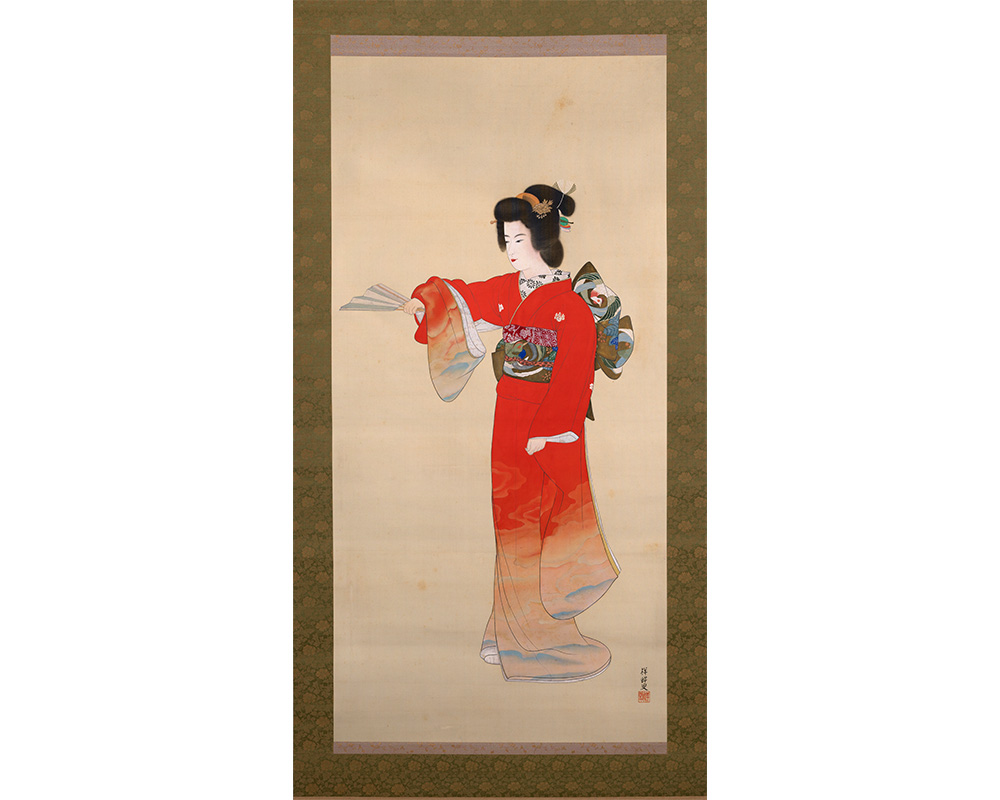
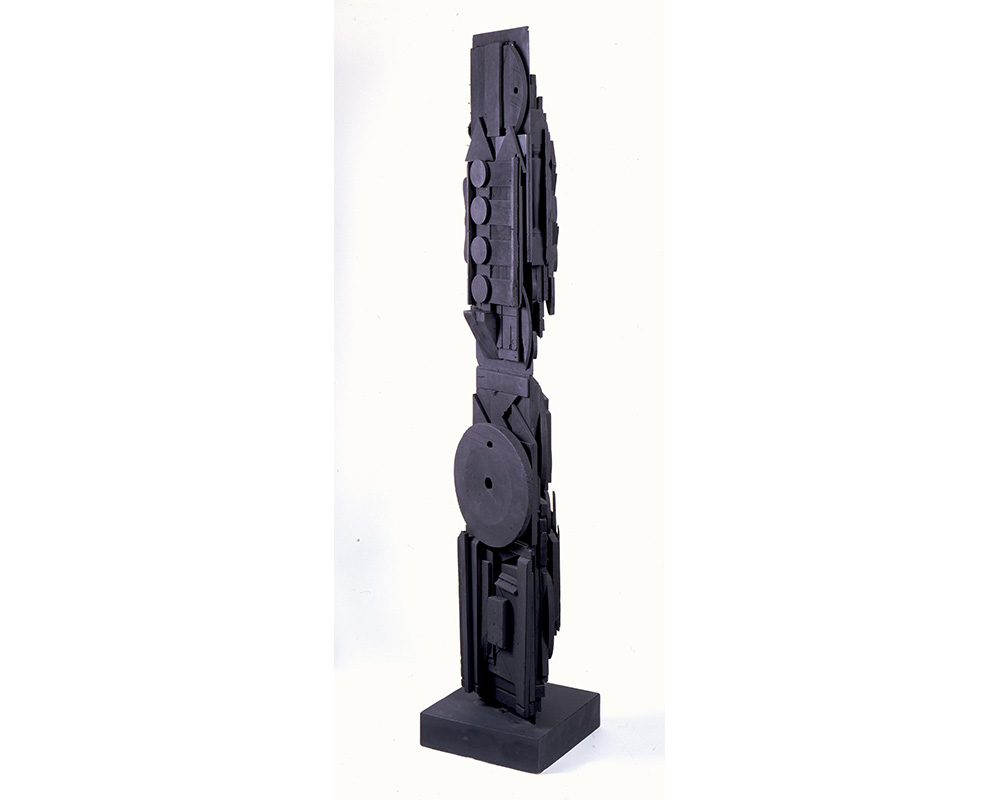
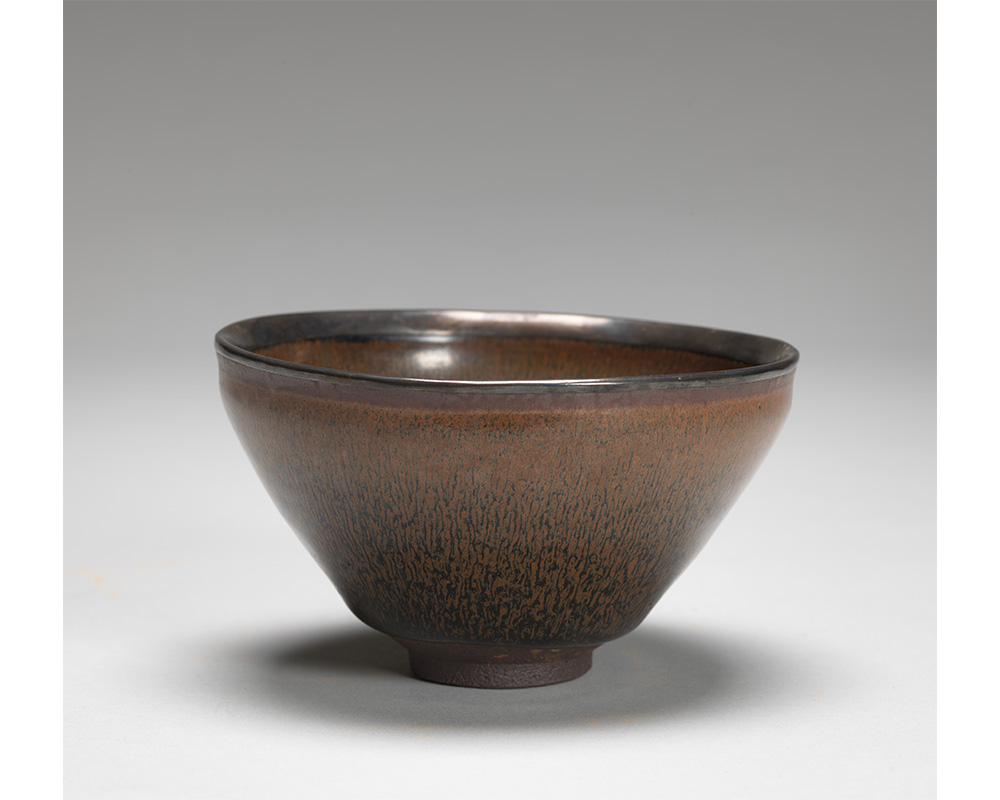

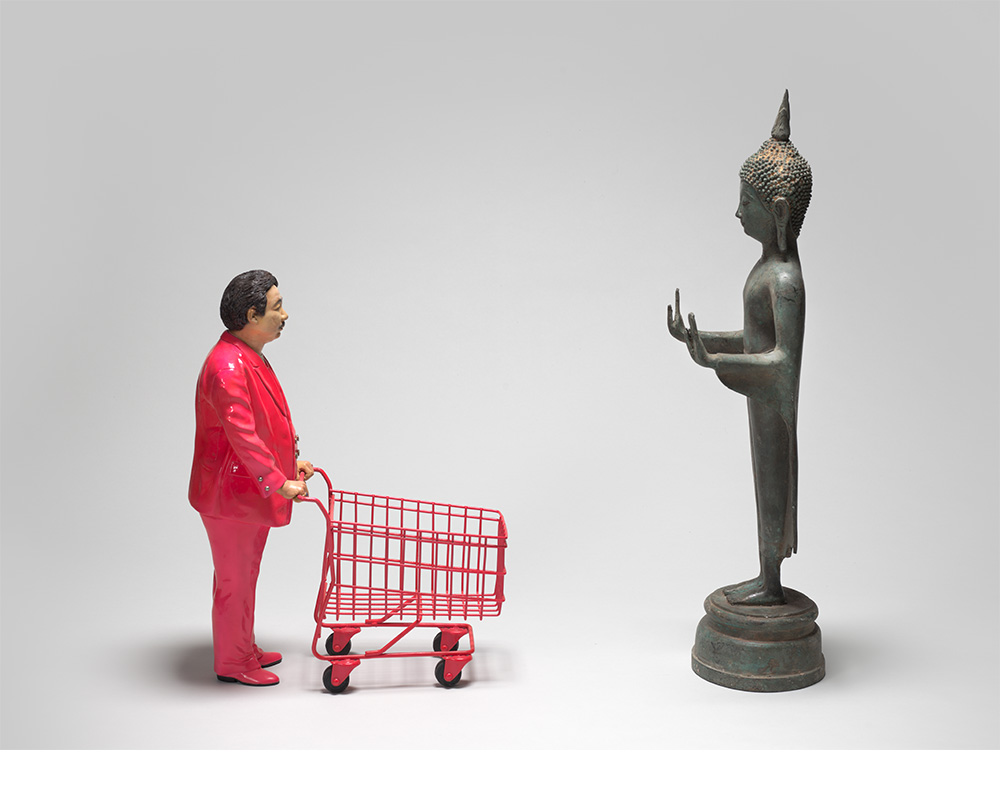
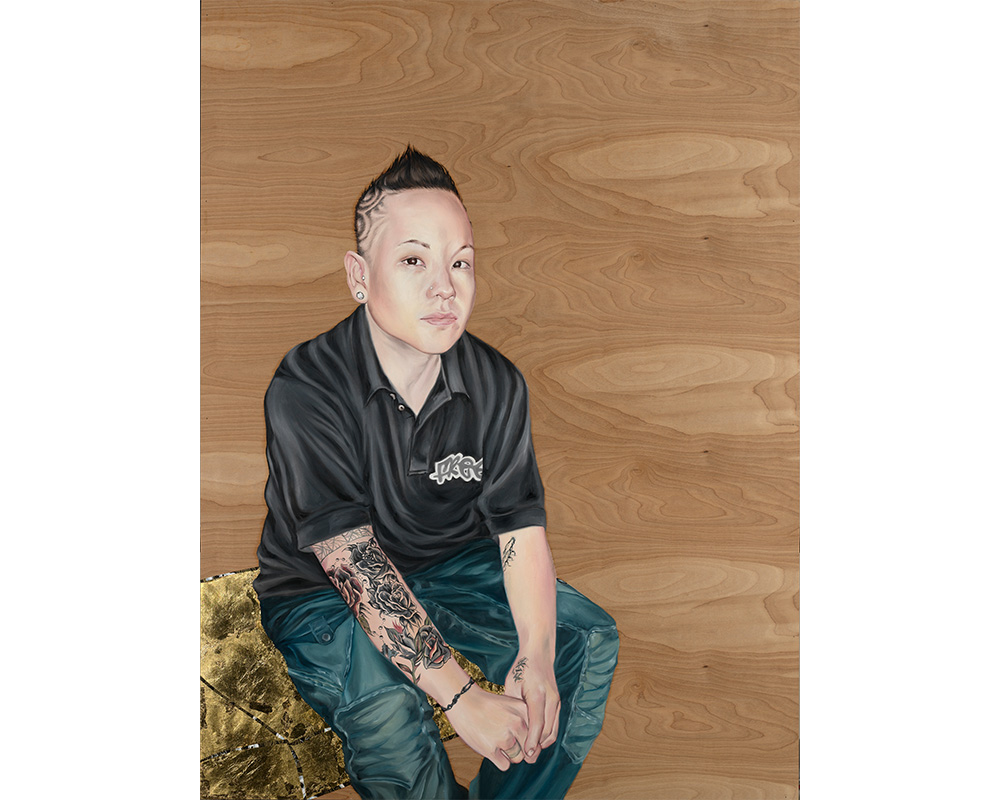
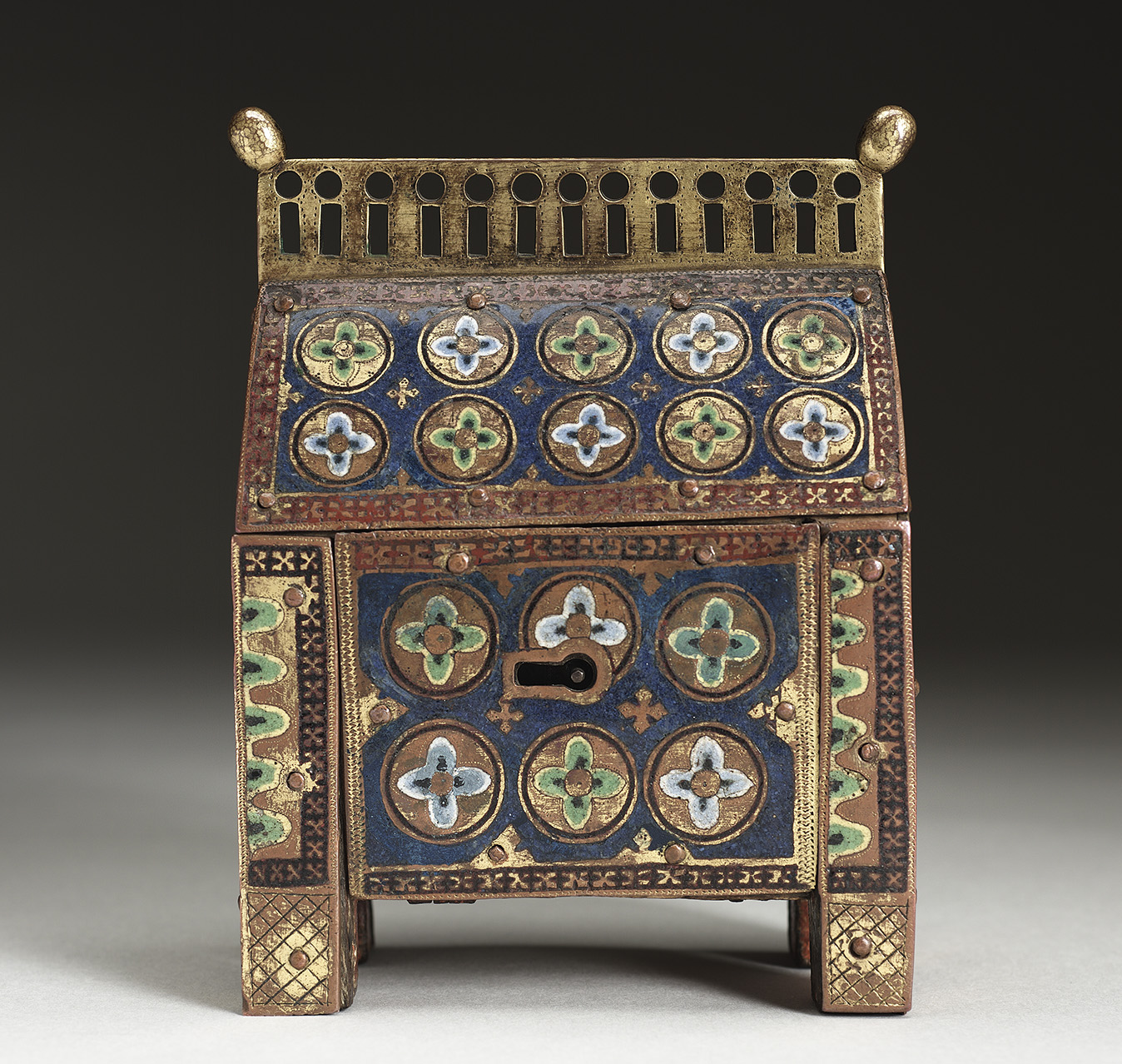
SCMA Then\Now\Next
On the occasion of SCMA’s centennial, this exhibition asks what it means to make and continually remake a museum. Smith College began collecting art at its founding in the 1870s, but it was not until 1920 that the collection was recognized as a museum. Through strategic purchases and generous gifts, the majority of which have come from Smith alumnae, the collection continues to grow. The development of the museum’s collection over the past century reveals the institution’s evolving vision and values. This 100th anniversary also provides an opportunity for us to confront the systematic ways in which museums, including SCMA, have distorted historical narratives by elevating some cultures and histories to the exclusion of others. This reckoning with the past is necessary to creating a vision of a more equitable and inclusive institution in the future.
SCMA Then\Now\Next is neither a presentation of collection “highlights,” nor is it a chronological survey of works of art acquired over the past 100 years. Rather, it proposes a series of linked installations organized around the themes of SCMA Then\Now and SCMA Now\Next. Both sections cover historical and contemporary art, encompass a wide range of artistic media and engage with the global scope of our collection.
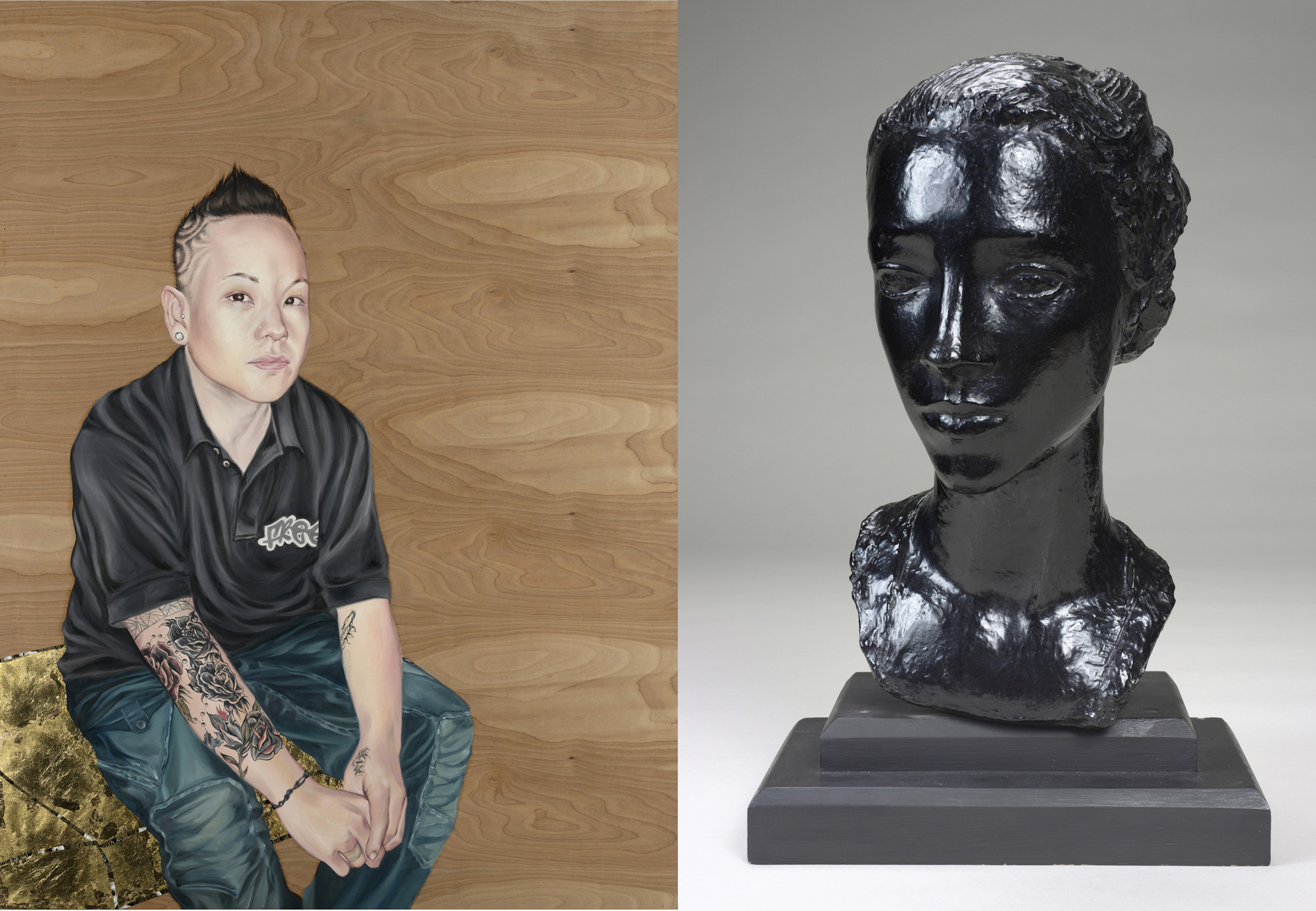
SCMA Then\Now traces our history up to the present. Old favorites join lesser-known works, many of them displayed together for the first time. Shared themes, ideas and visual elements connect artworks in many media and from different time periods and places. The works are grouped to illuminate key moments, create new viewing contexts and stimulate reflection on the range of stories the collection reveals.
Left
Shizu Saldamando. American, born 1978. May, Post Break-Up, 2011. Oil, gold leaf and collage on wood panel. 48 x 36 in. Purchased in honor of Linda D. Muehlig, Associate Director of Curatorial Affairs and Senior Curator of Painting and Sculpture at the Smith College Museum of Art, on her retirement in June 2017.
Right
Charles Despiau. French, 1874–1946. Anne Morrow Lindbergh, class of 1928, 1939. Bronze. 14 x 8 1/4 x 9 1/2 in. Gift of A. Conger Goodyear.
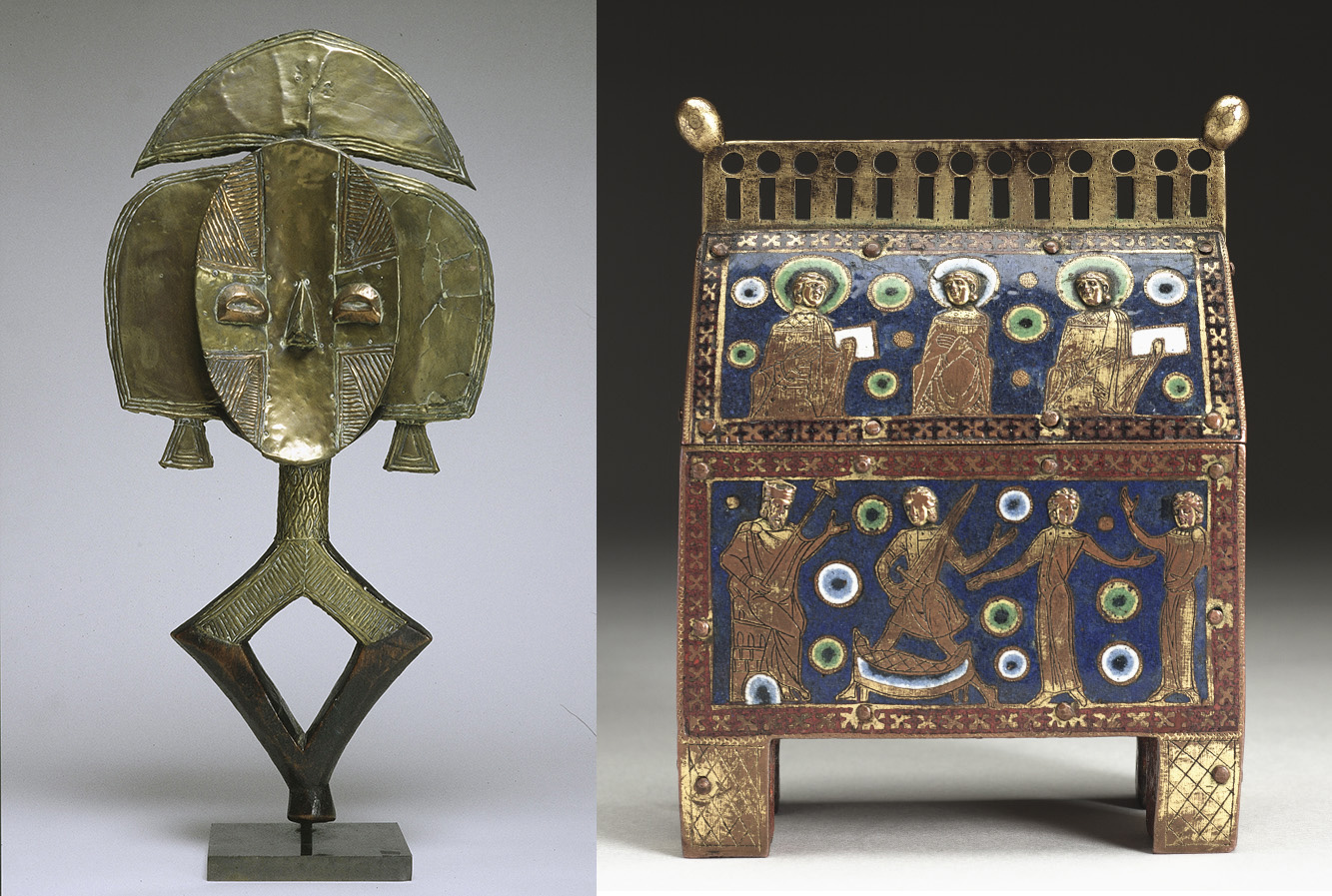
SCMA Now\Next features works acquired since 2000 that signal new directions for the museum. This growth builds on our strong foundation, while adding important works from historically underrepresented artists and cultures. These shifts are in response to the teaching needs of the college and are driven by the interests of Smith students and members of our broader communities. We strive to be more inclusive, diverse and accessible. And we invite viewers to join us in looking back to look forward, as we continue refining what it means to be a museum in the 21st century.
Left
Unknown. African; Kota people. Reliquary Figure (Mbulu Ngulu), late 19th–early 20th century. Wood with brass skeeting and copper pieces.
Right
Unknown. French (Limoges). Reliquary with the Martyrdom of Saint Valerie, Patron Saint of Limoges, ca. 1200–1210. Champlevé enamel on copper. 8 3/8 x 4 15/16 x 2 3/8 in. Purchased with the gift of Louise Ines Doyle, class of 1934. SC 2006.50
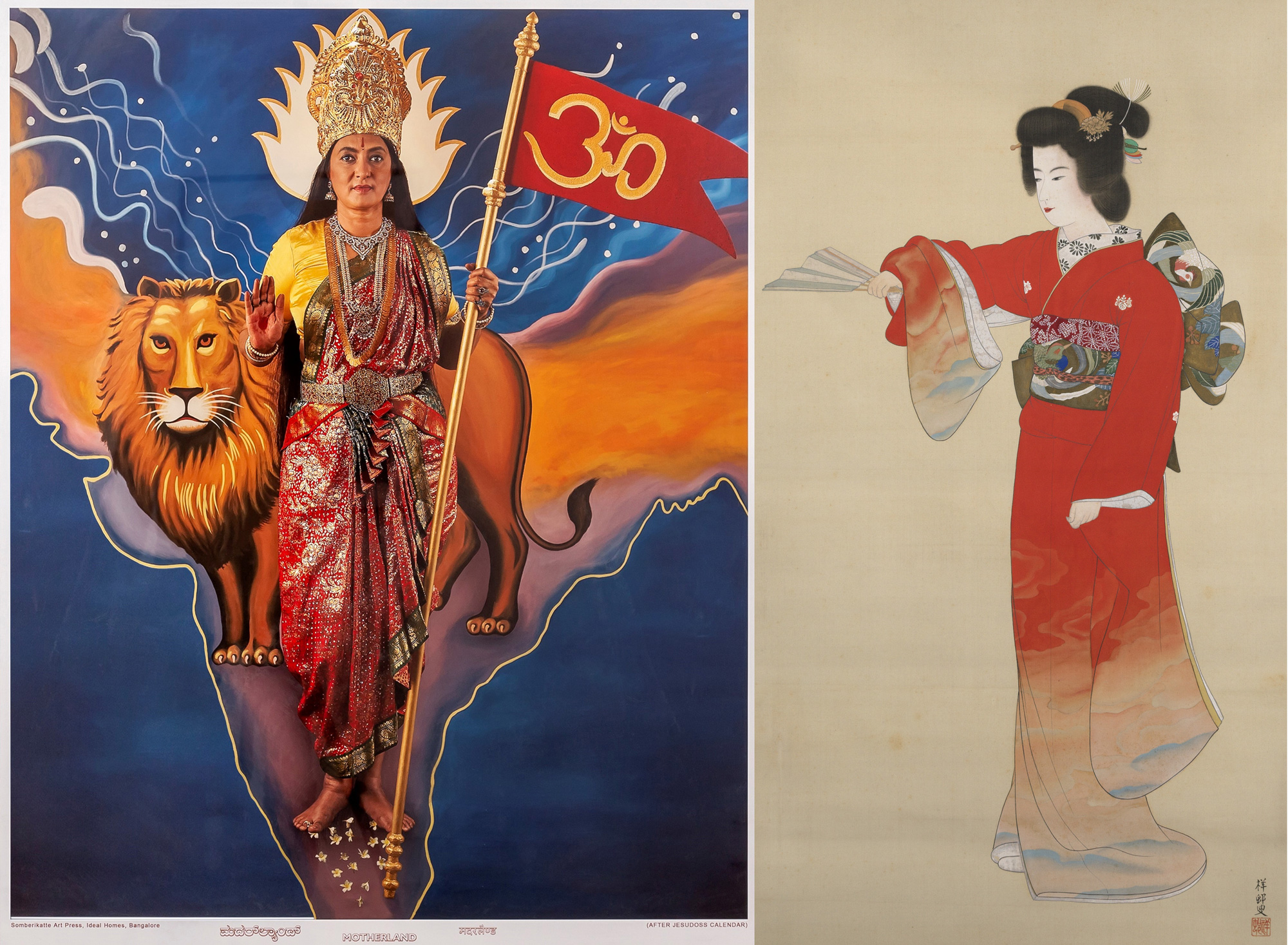
SCMA Now\Next—Asian Art showcases works acquired over the past five years, a collection which includes sculpture, paintings, drawings, and photographs. With the dedication of the
Left
Pushpamala N. Indian, born 1956. Motherland (After calendar painting by Jesudoss), 2004–2008. Archival inkjet print. 56 x 41 in. Purchased with the Carroll and Nolen Asian Art Acquisition Fund. SC 2019.40.2
Right
Ohara Koson (Shōson). Japanese, 1877–1945. Noh Dance, 1939. Hanging scroll, ink and color on silk. Scroll: 94 x 36 in.; image: 55 ⅛ x 27 in. Gift of
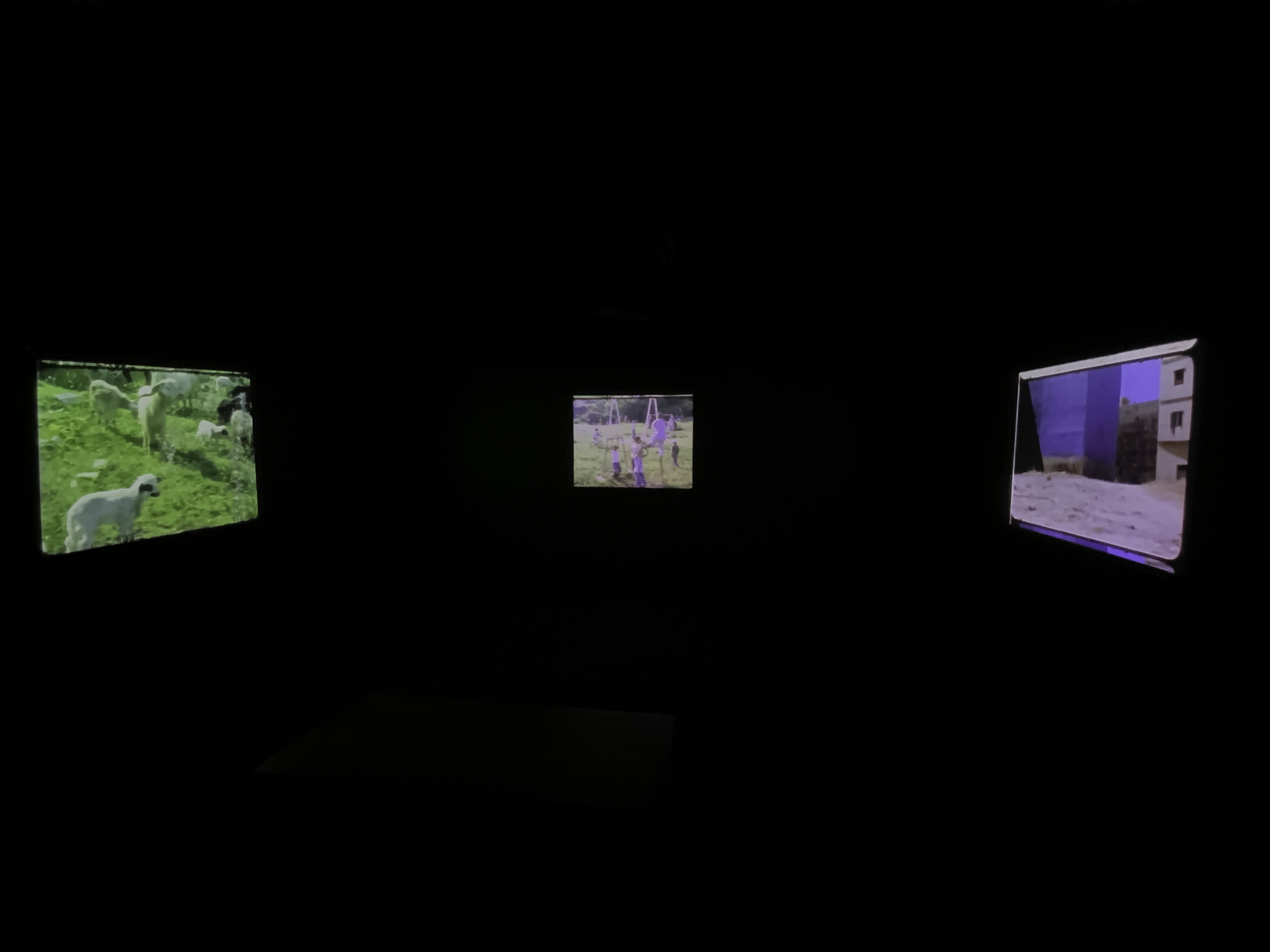
Yto Barrada Playground (2010) Yto Barrada is an artist deeply concerned with the immense social and ecological transformations that Morocco’s northernmost city and her hometown—Tangier—has experienced since 1999. Barrada shot "Playground" on 16mm film, a nod to the city’s popularity with filmmakers who have long mythologized the city on screen. But rather than show the seascapes and tourist sites popular in both colonial and postcolonial visual culture, she focuses her camera on the city’s rapid expansion inland and questions the relationship between leisure and labor, construction and dilapidation.
Yto Barrada. Moroccan, b. 1971. Playground, 2010. 16 mm transferred to video, 3 channels, 21 minutes Purchased with funds from the Contemporary Associates, Smith College Museum of Art SC 2018.7
This exhibition is supported by the SCMA Next Century Fund, the Suzannah J. Fabing Programs Fund, Friends of the Museum and the Tryon Associates.
